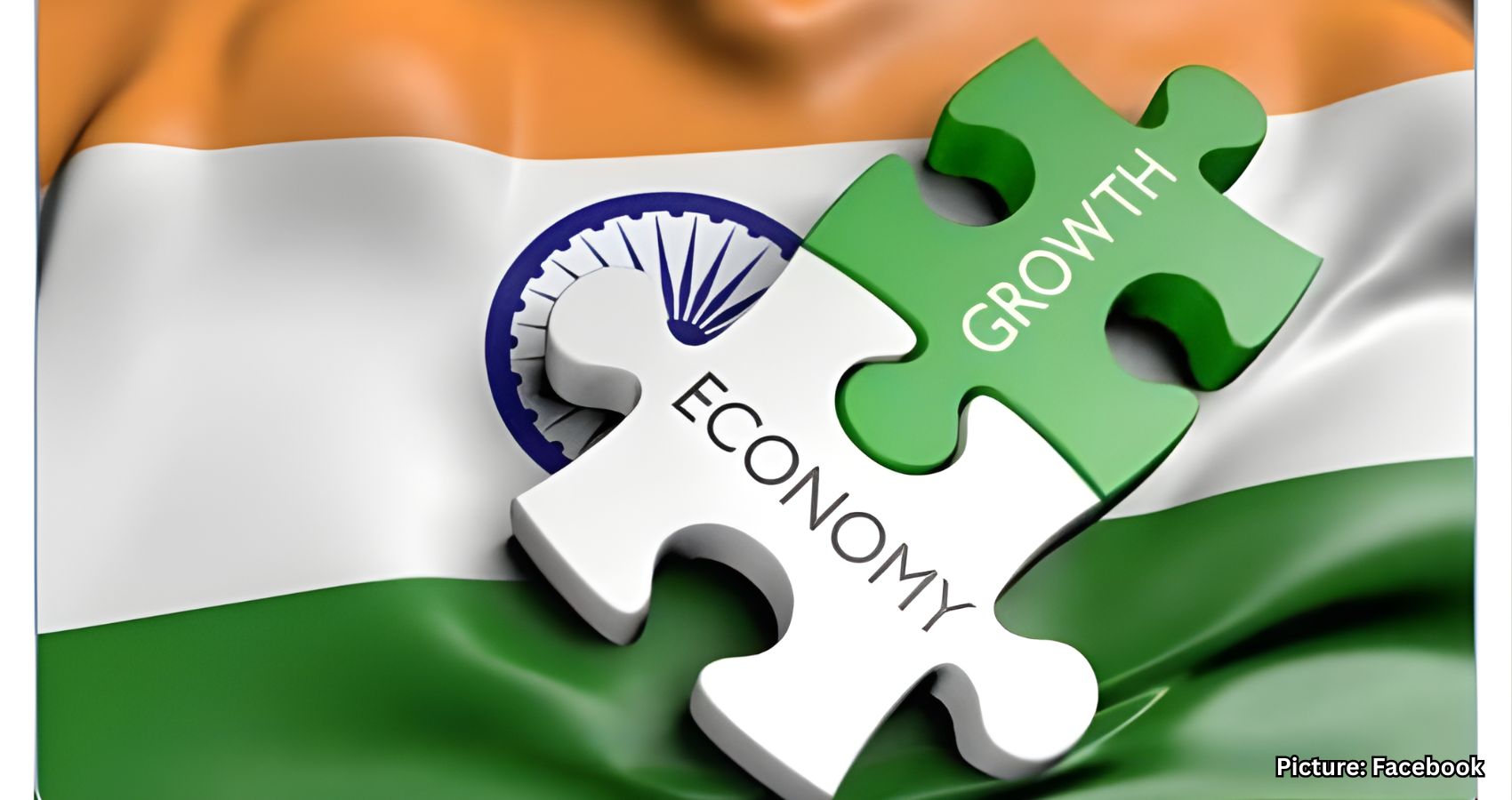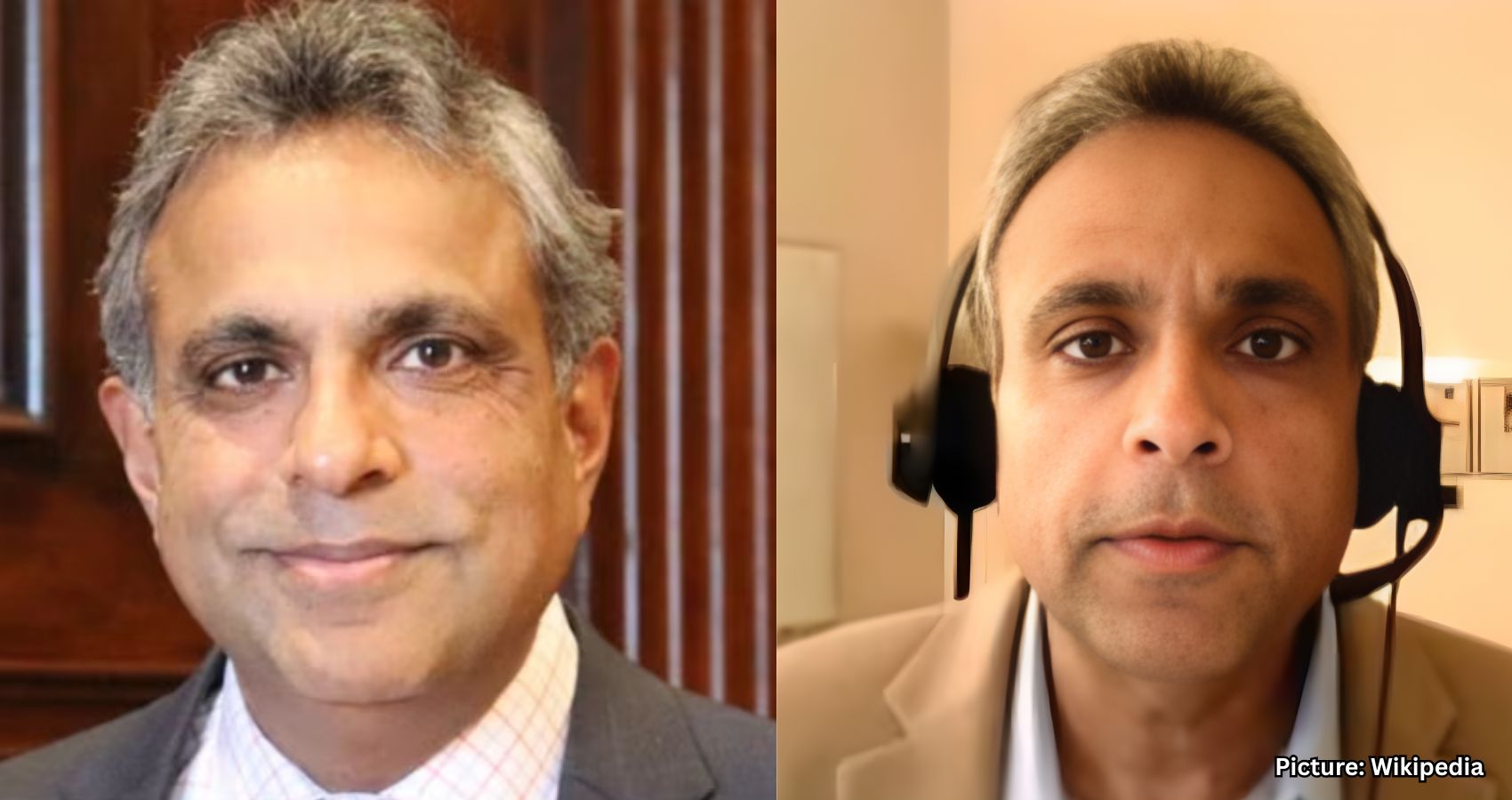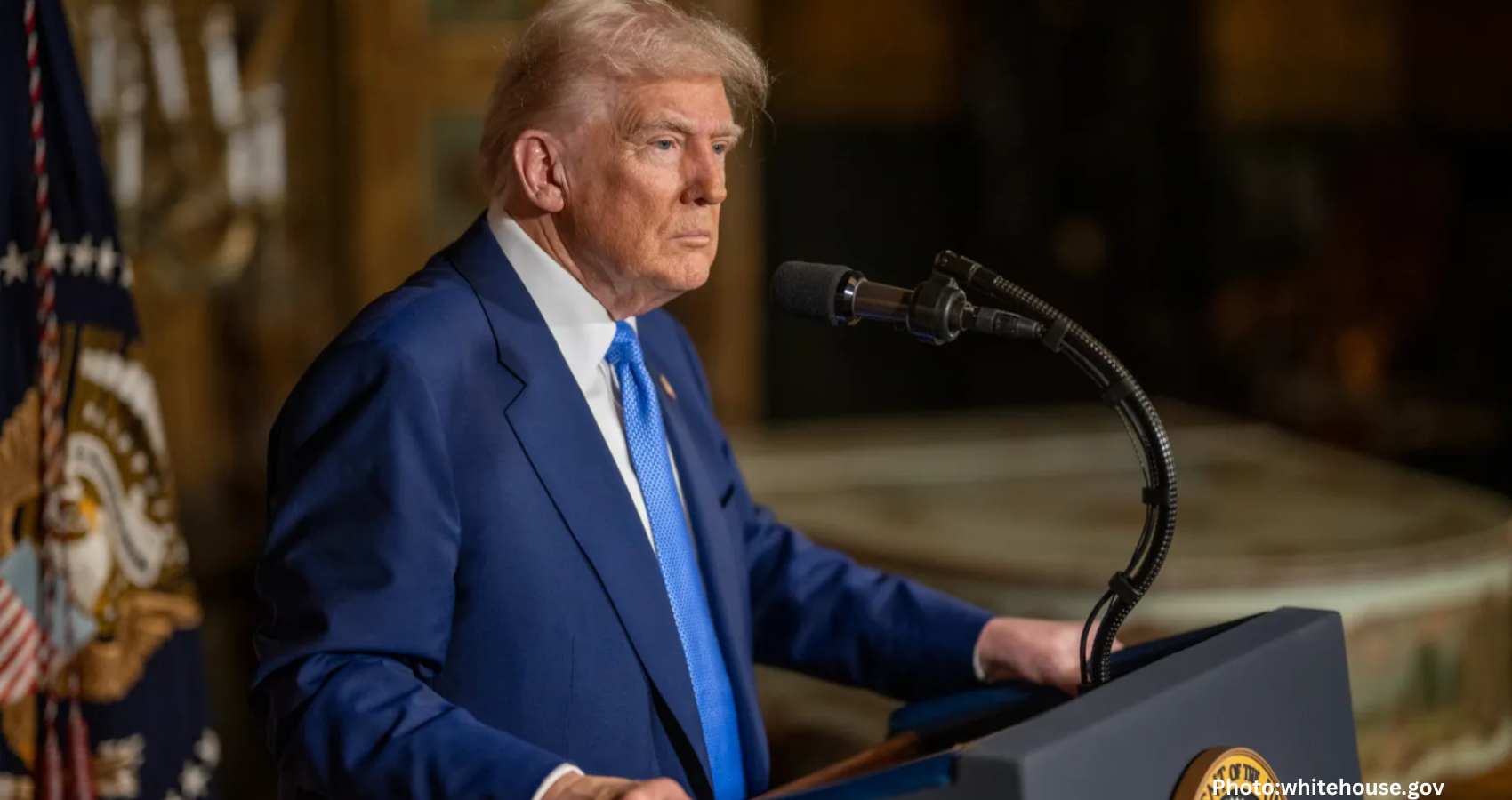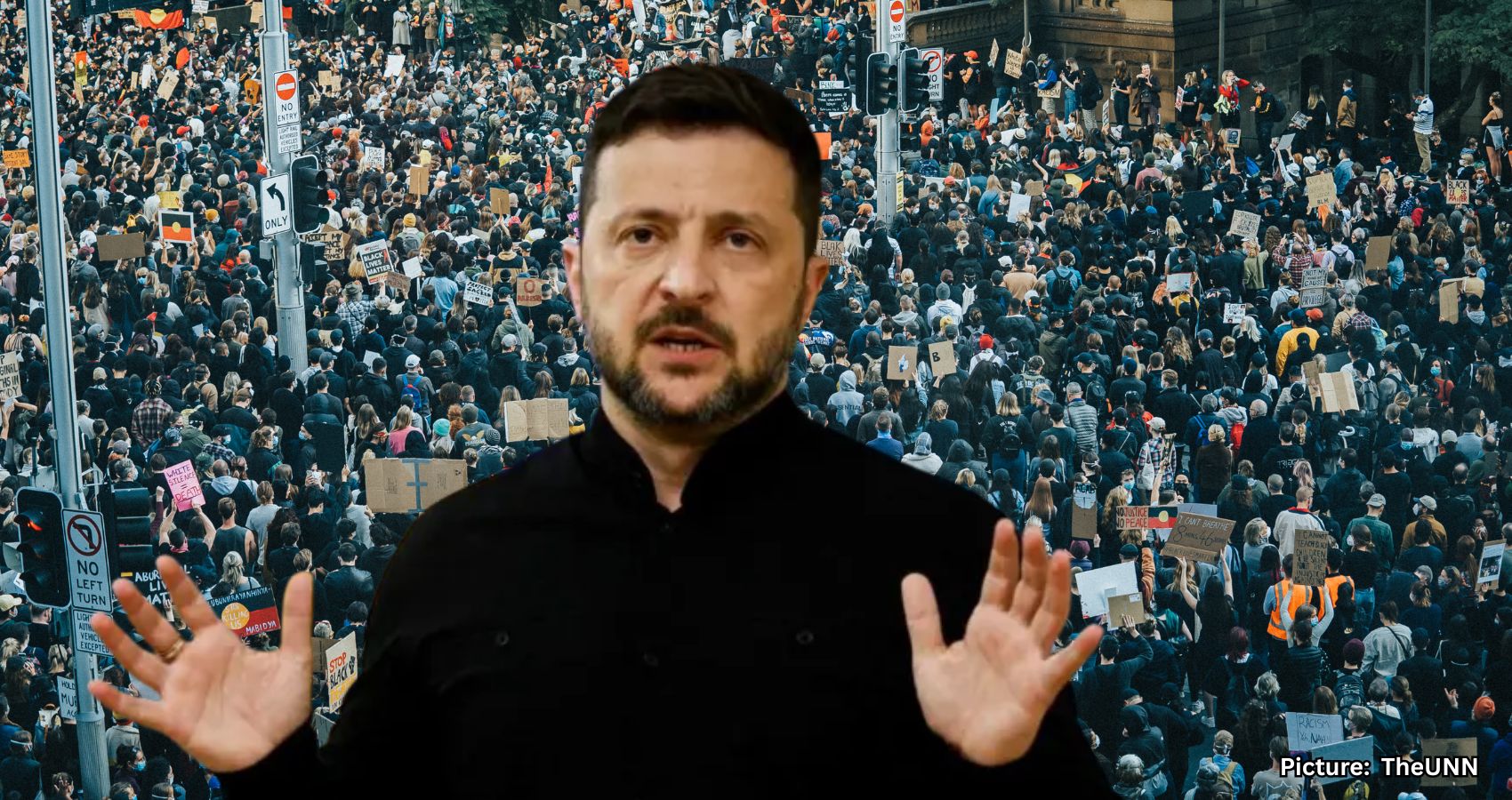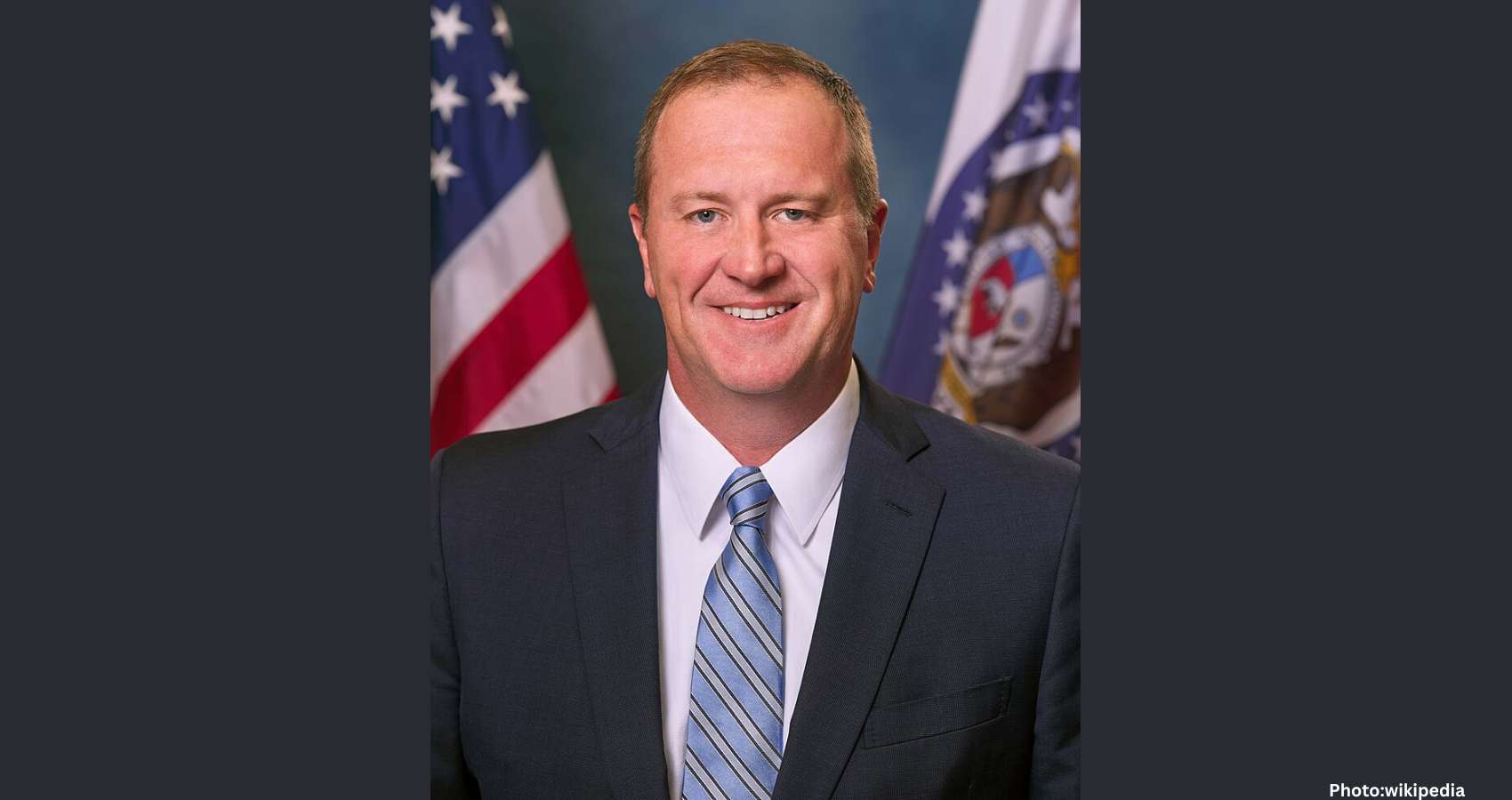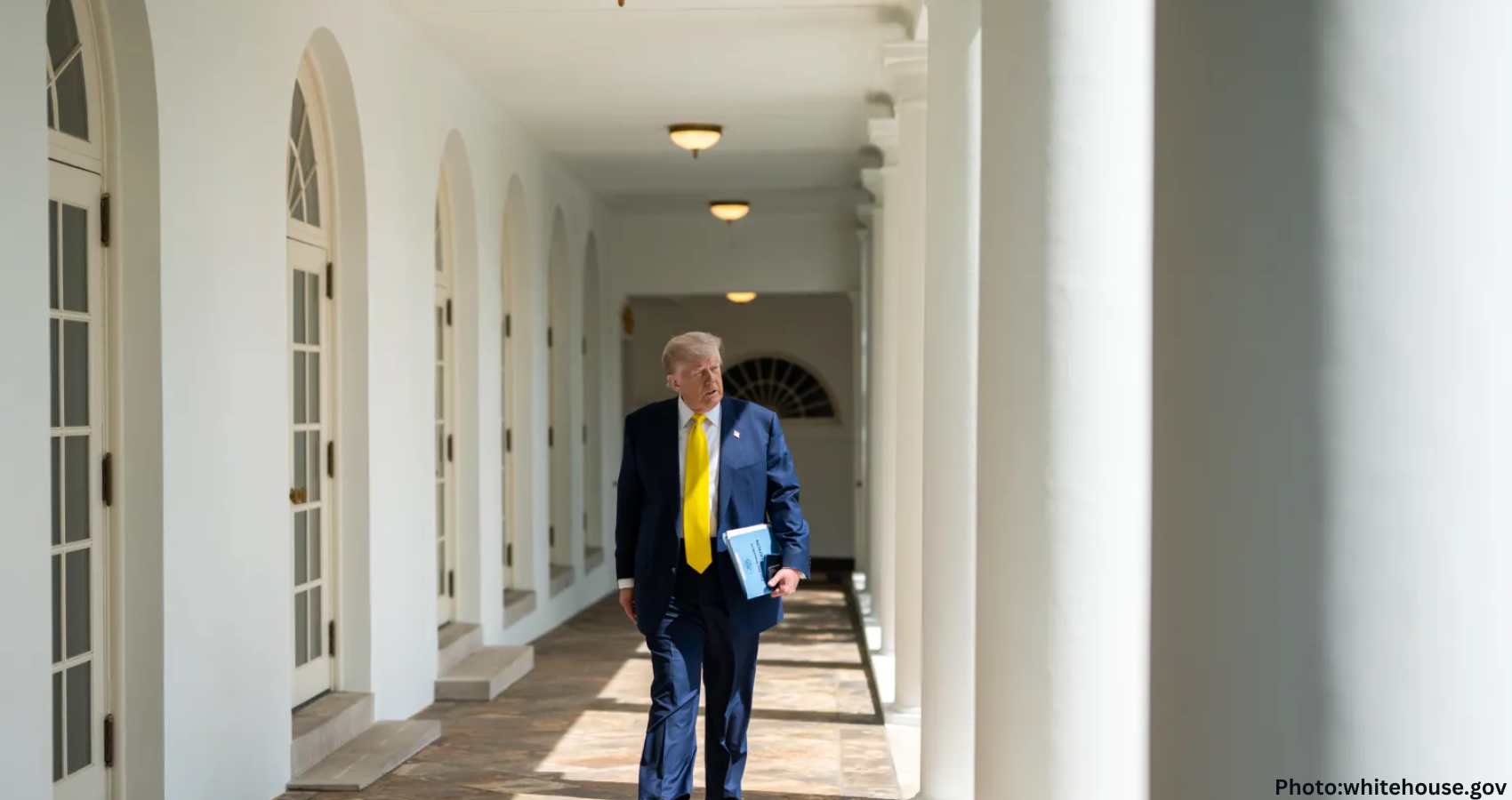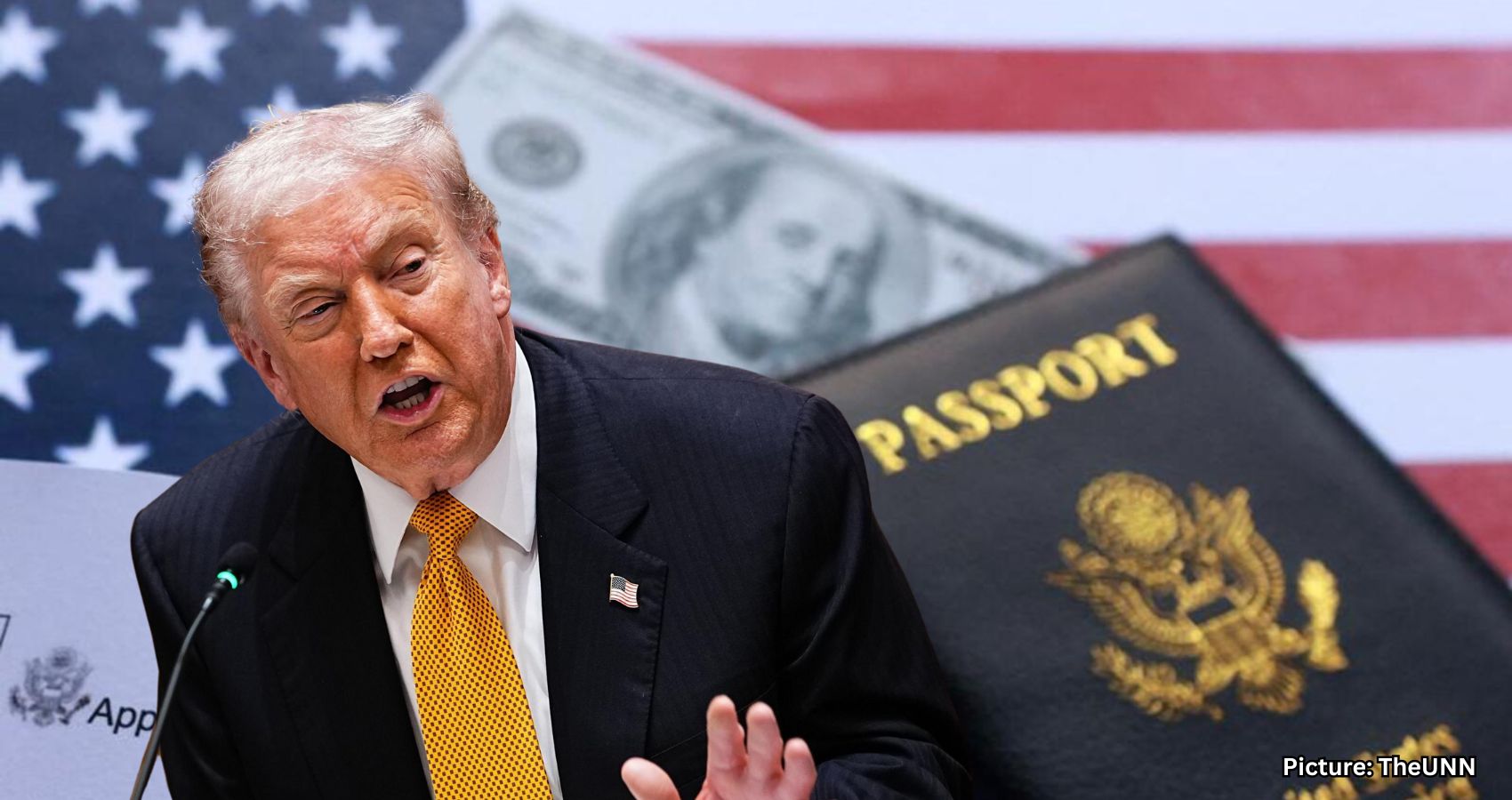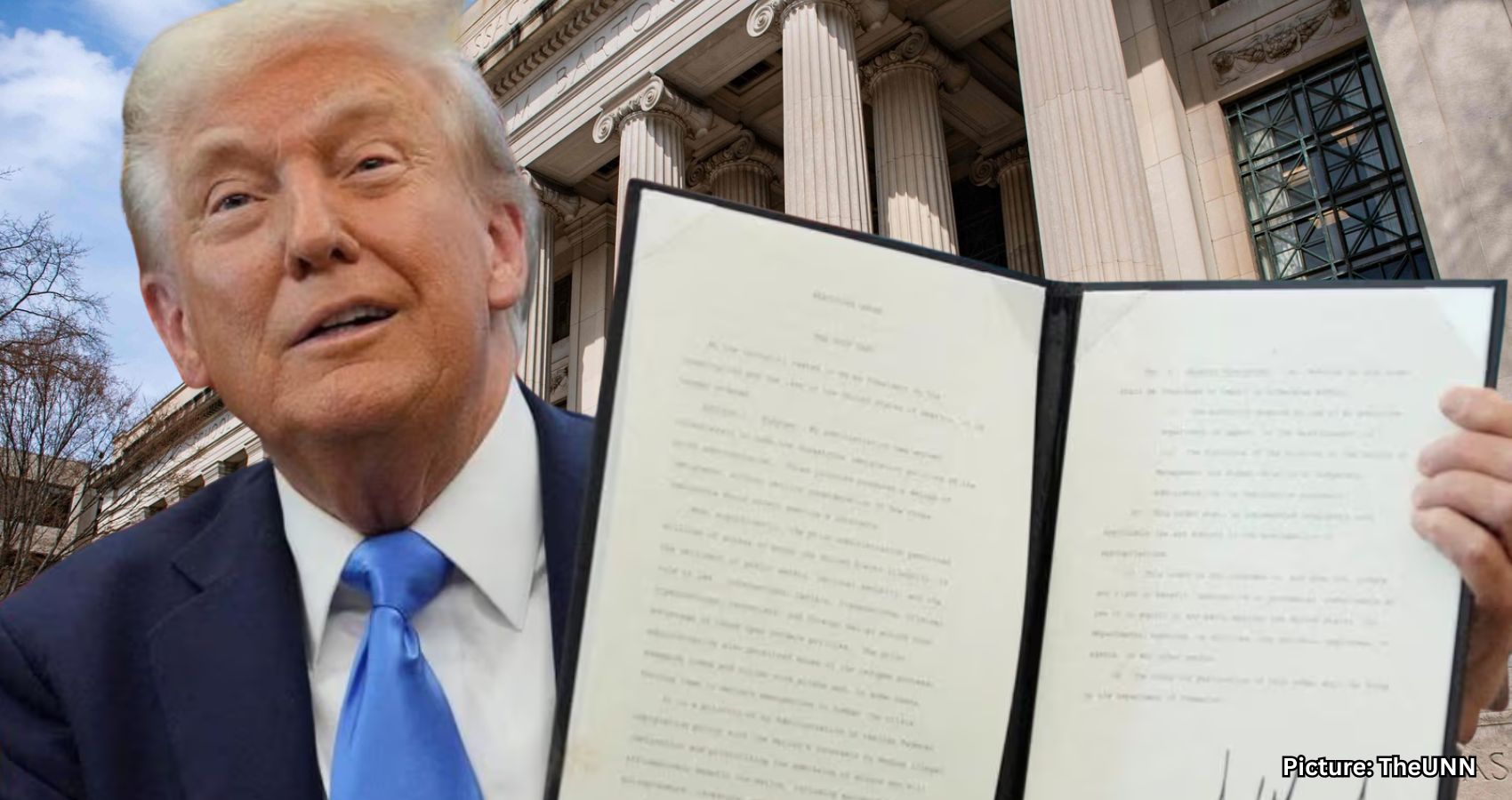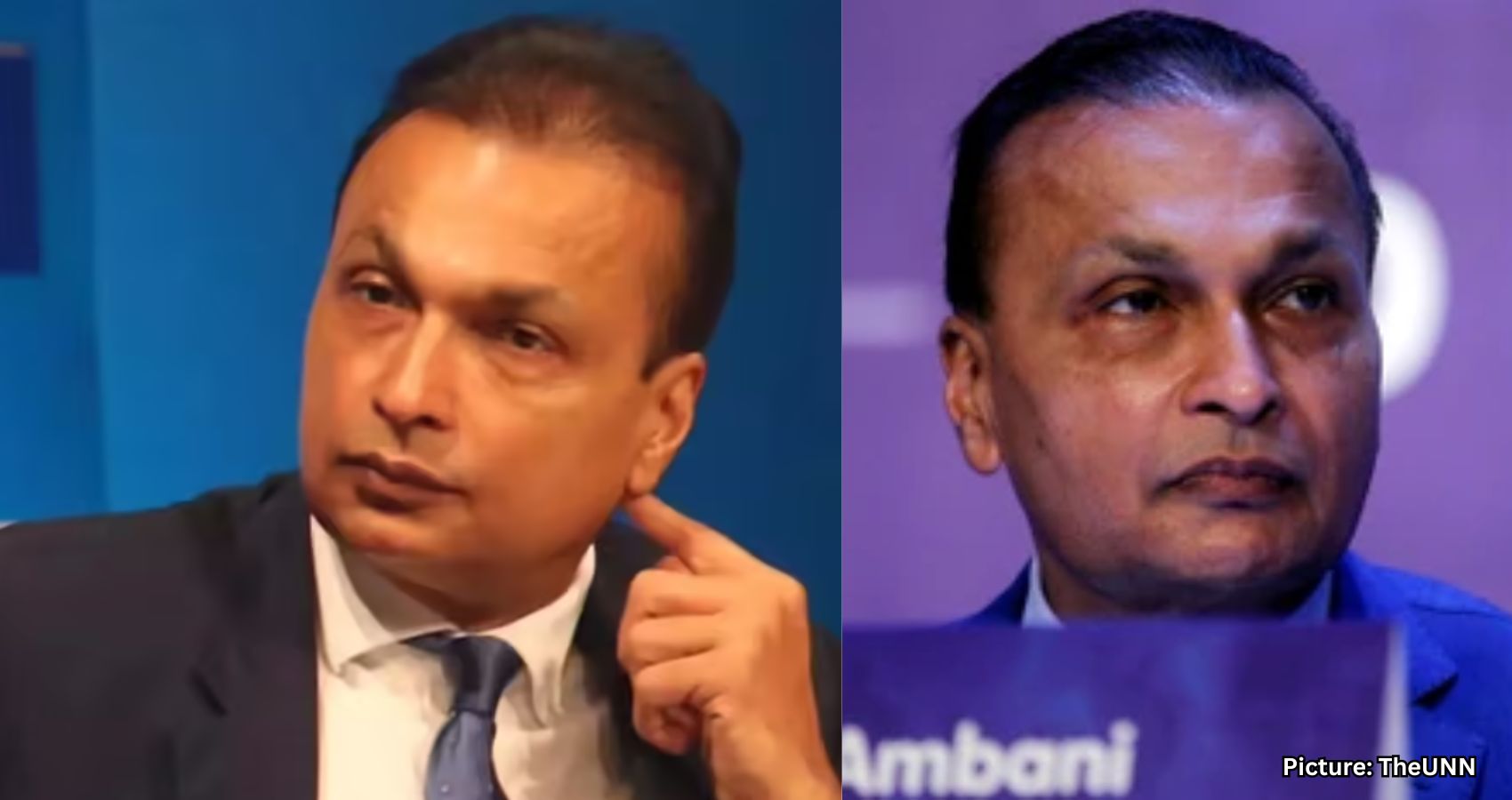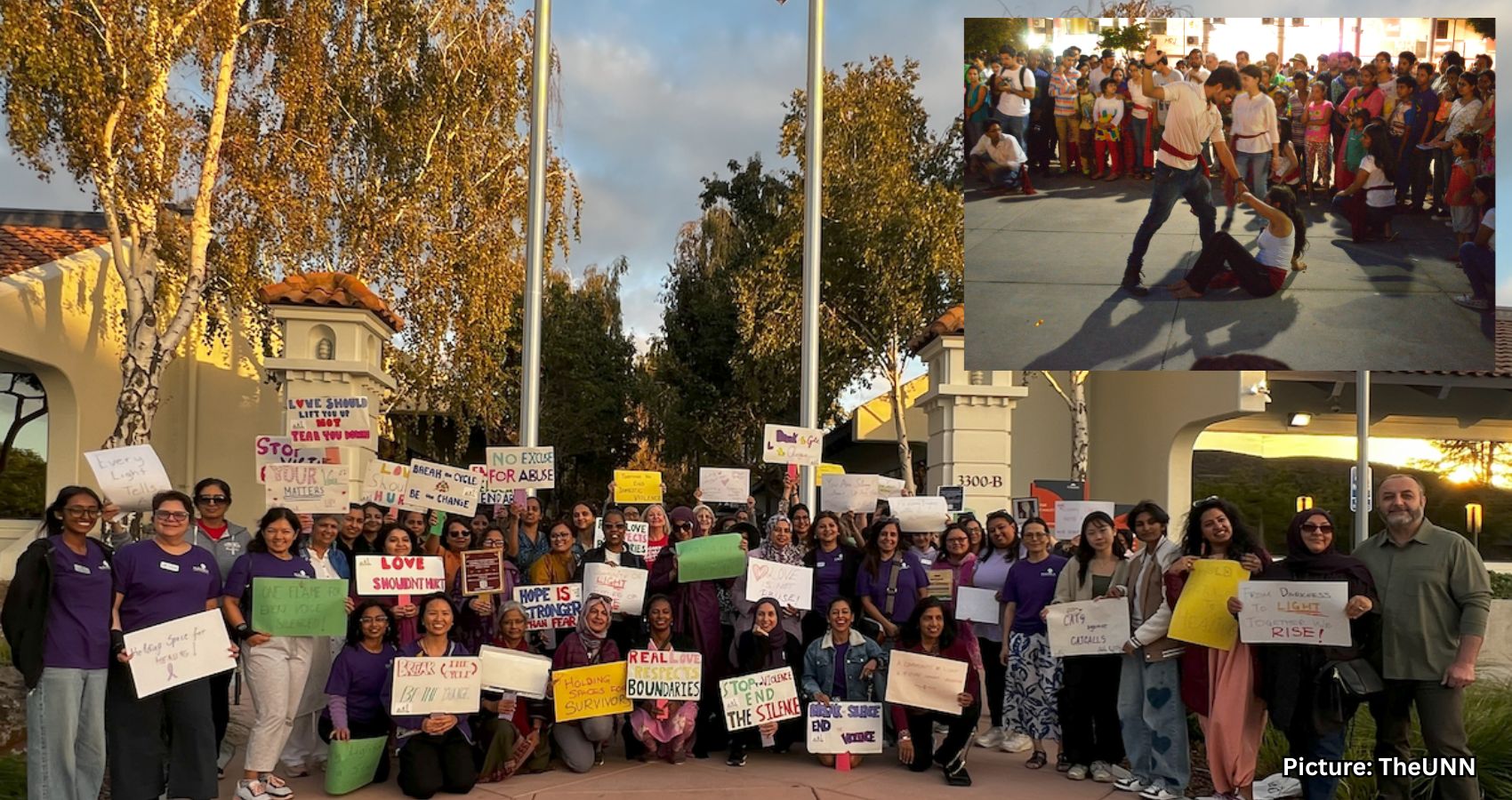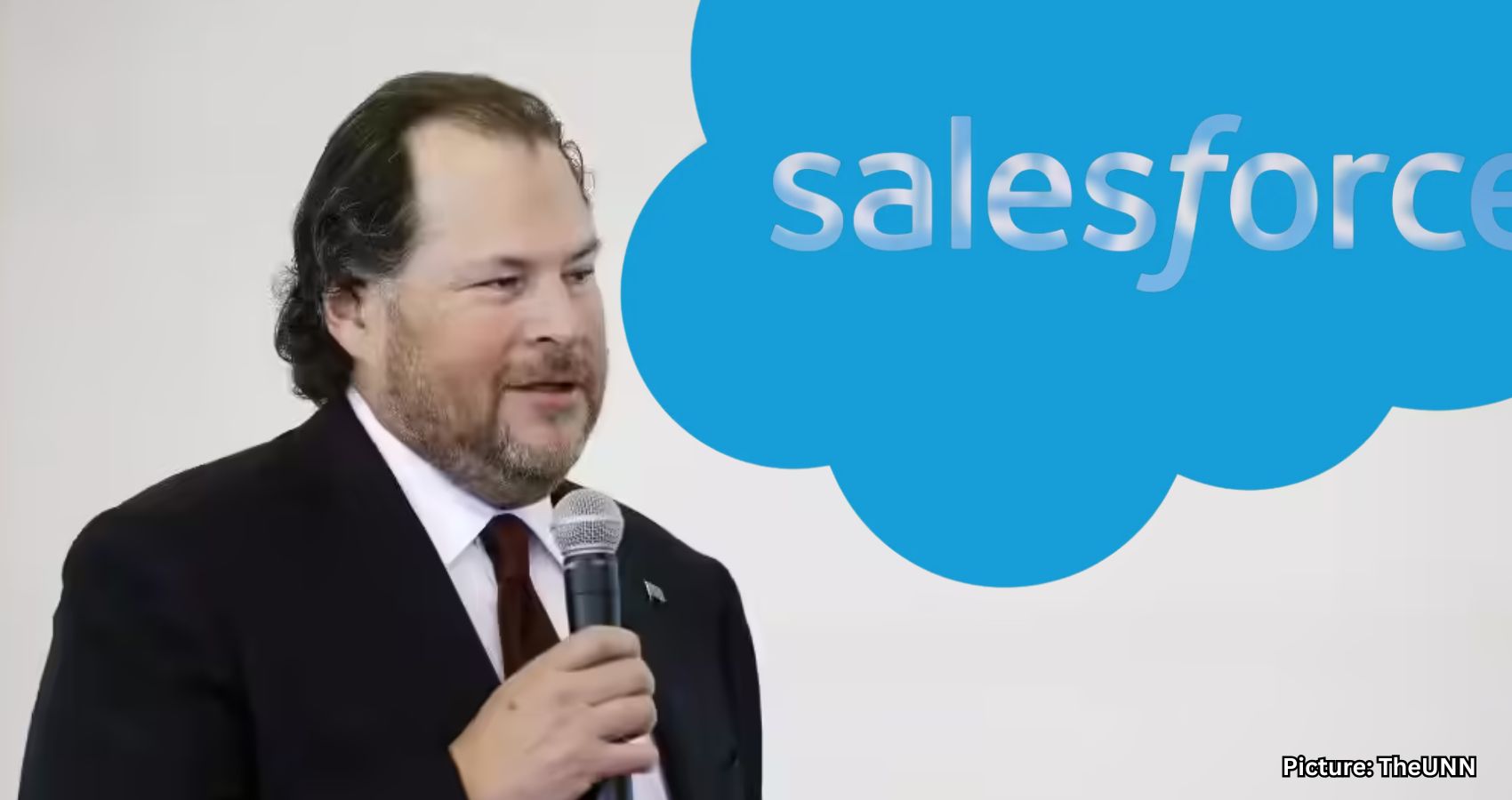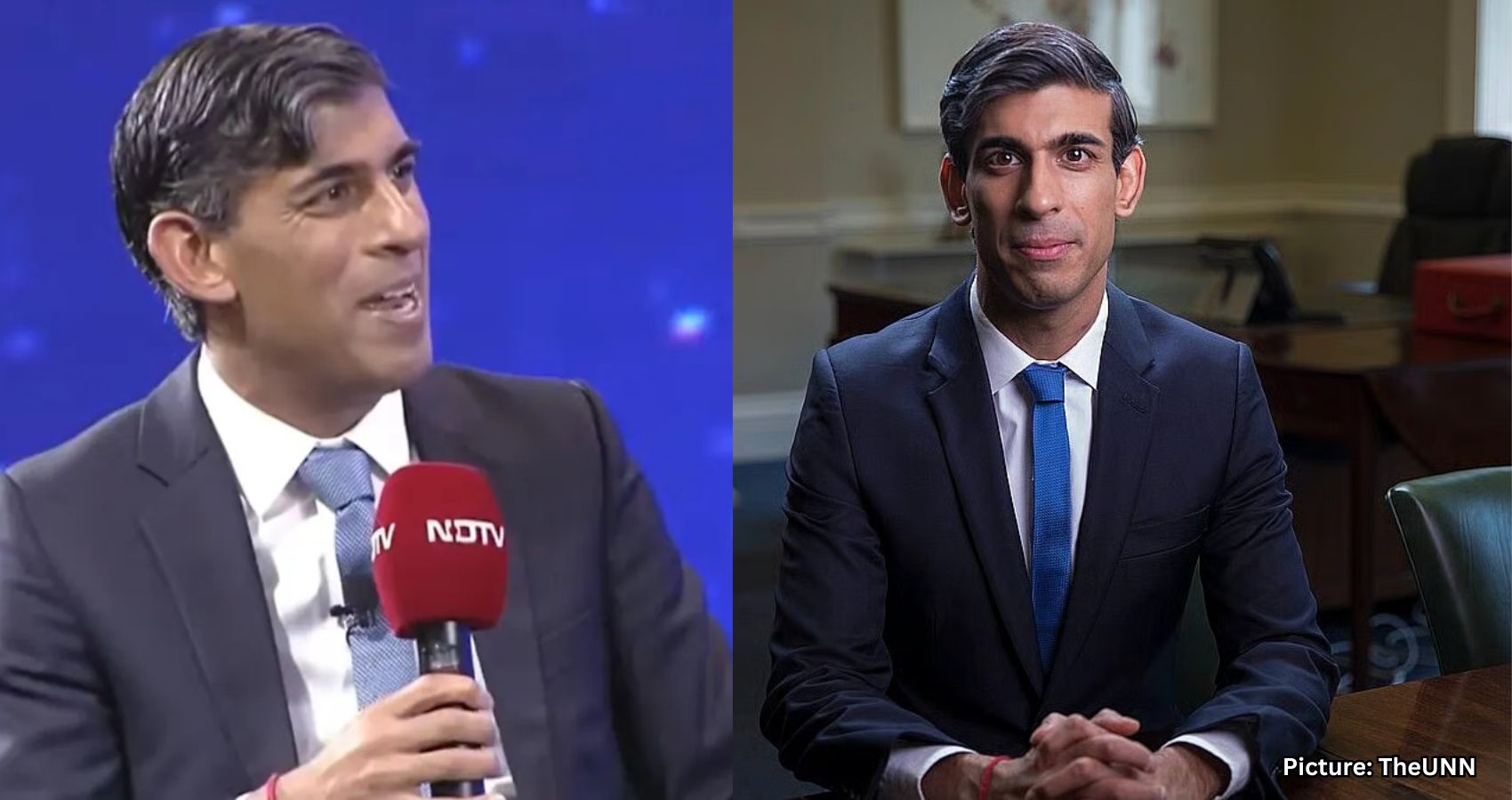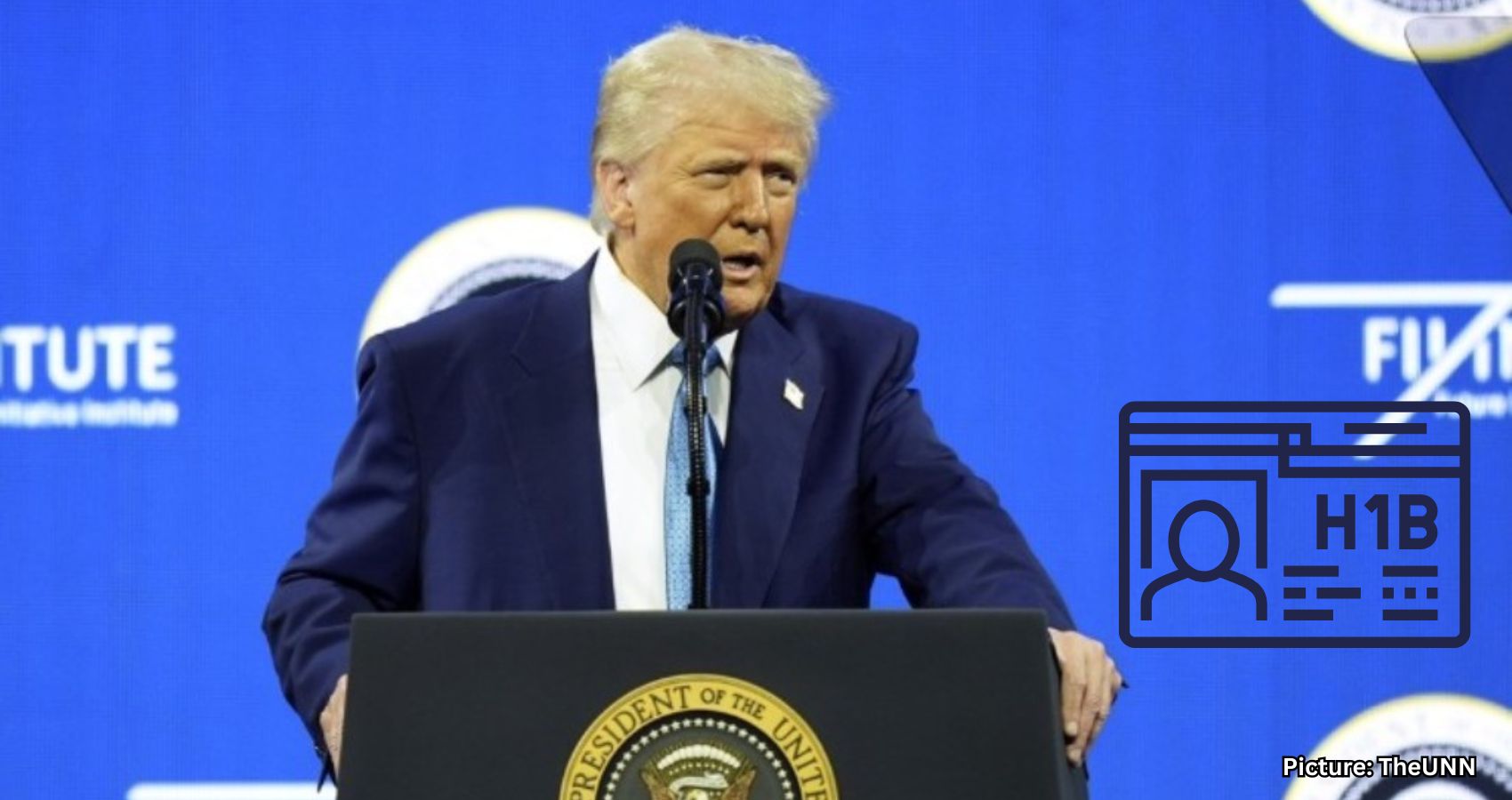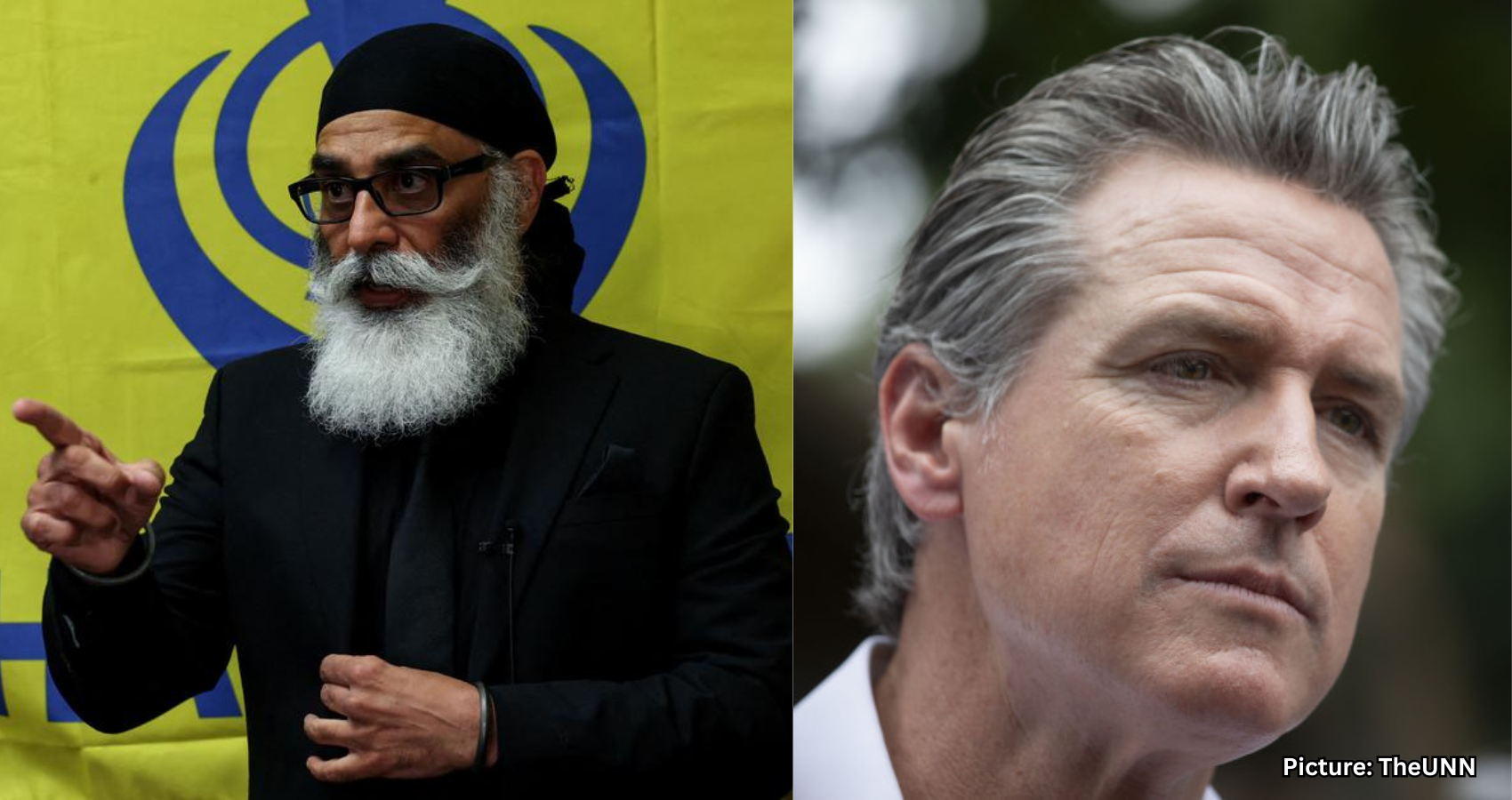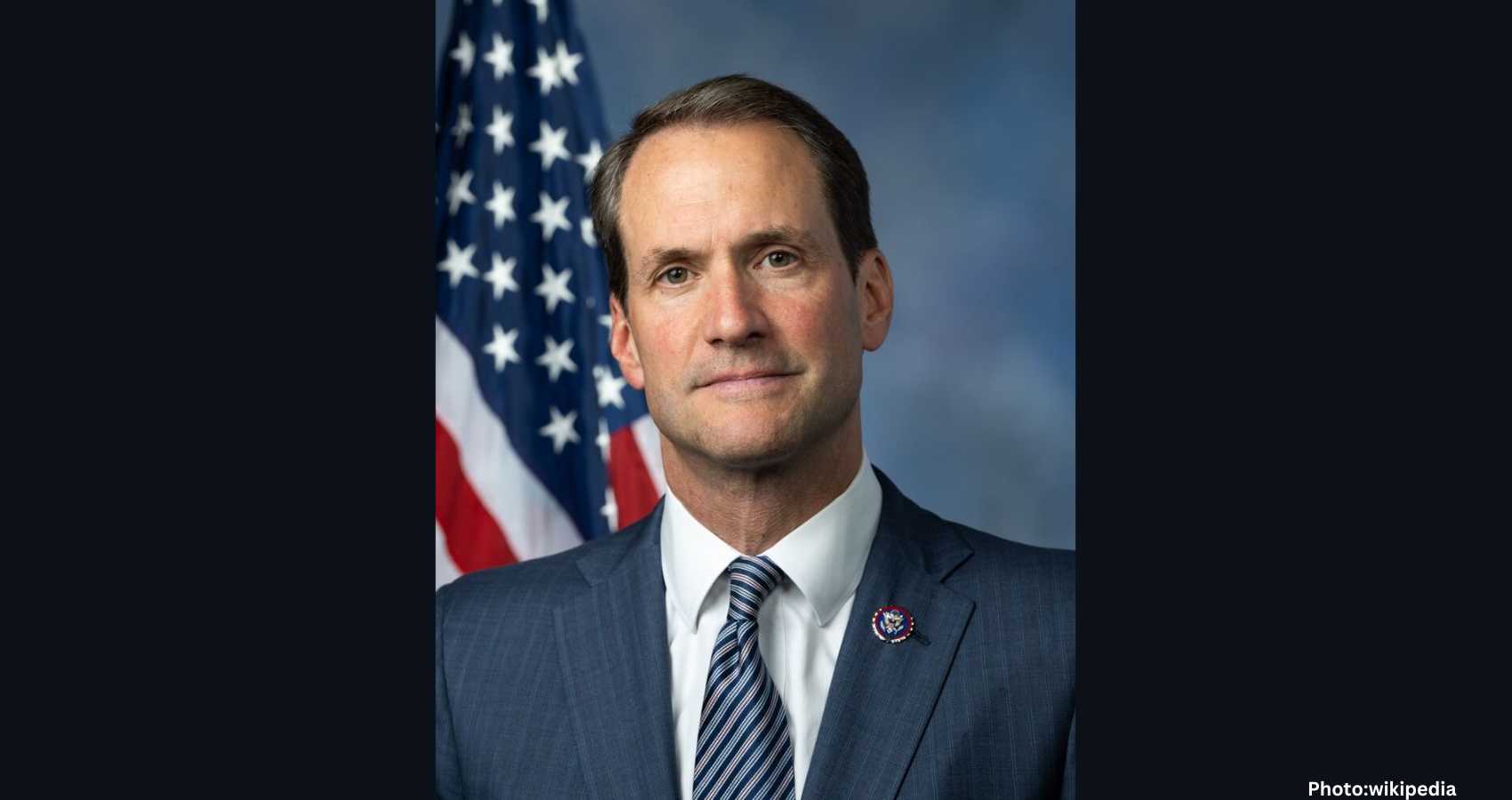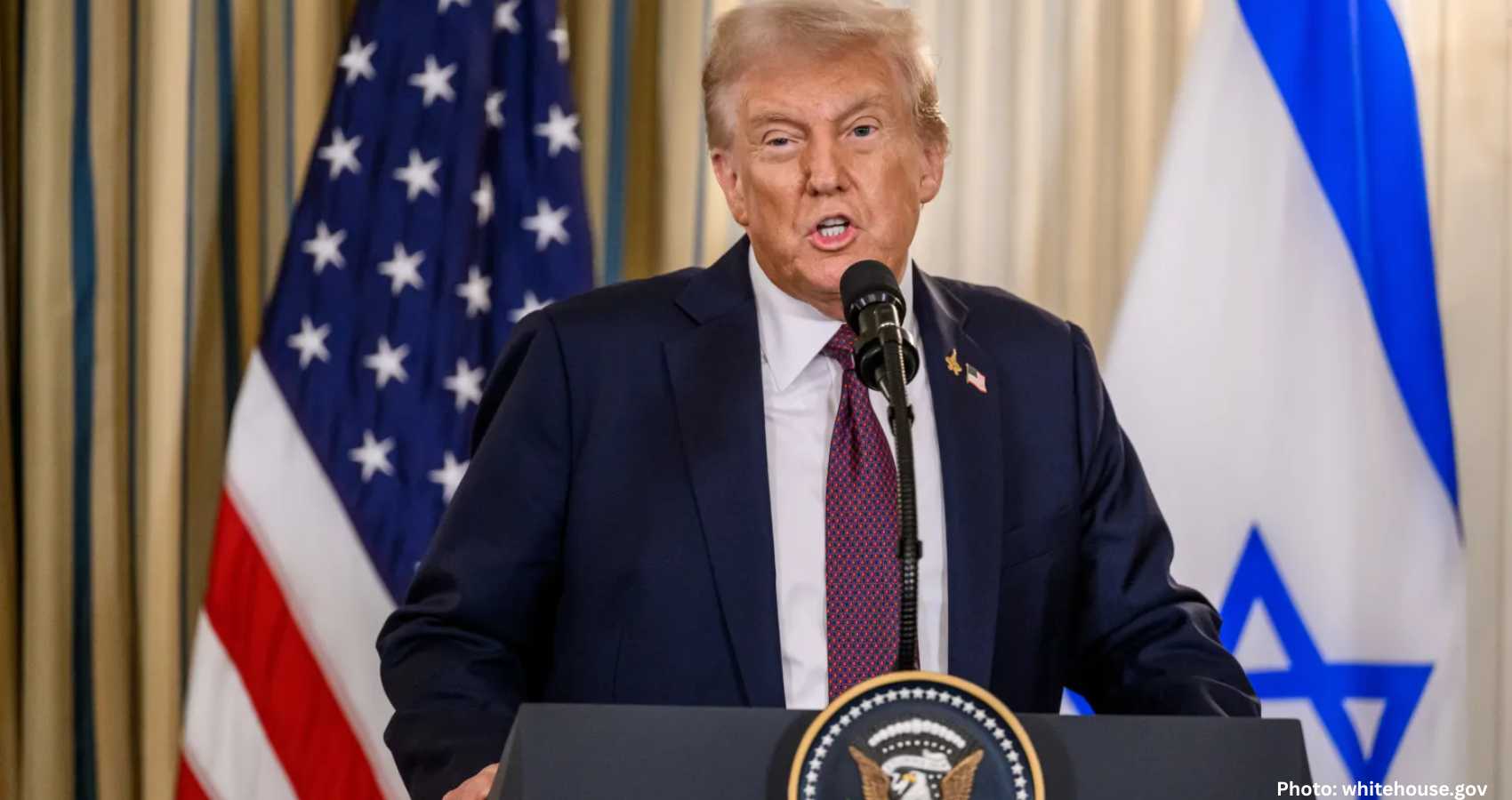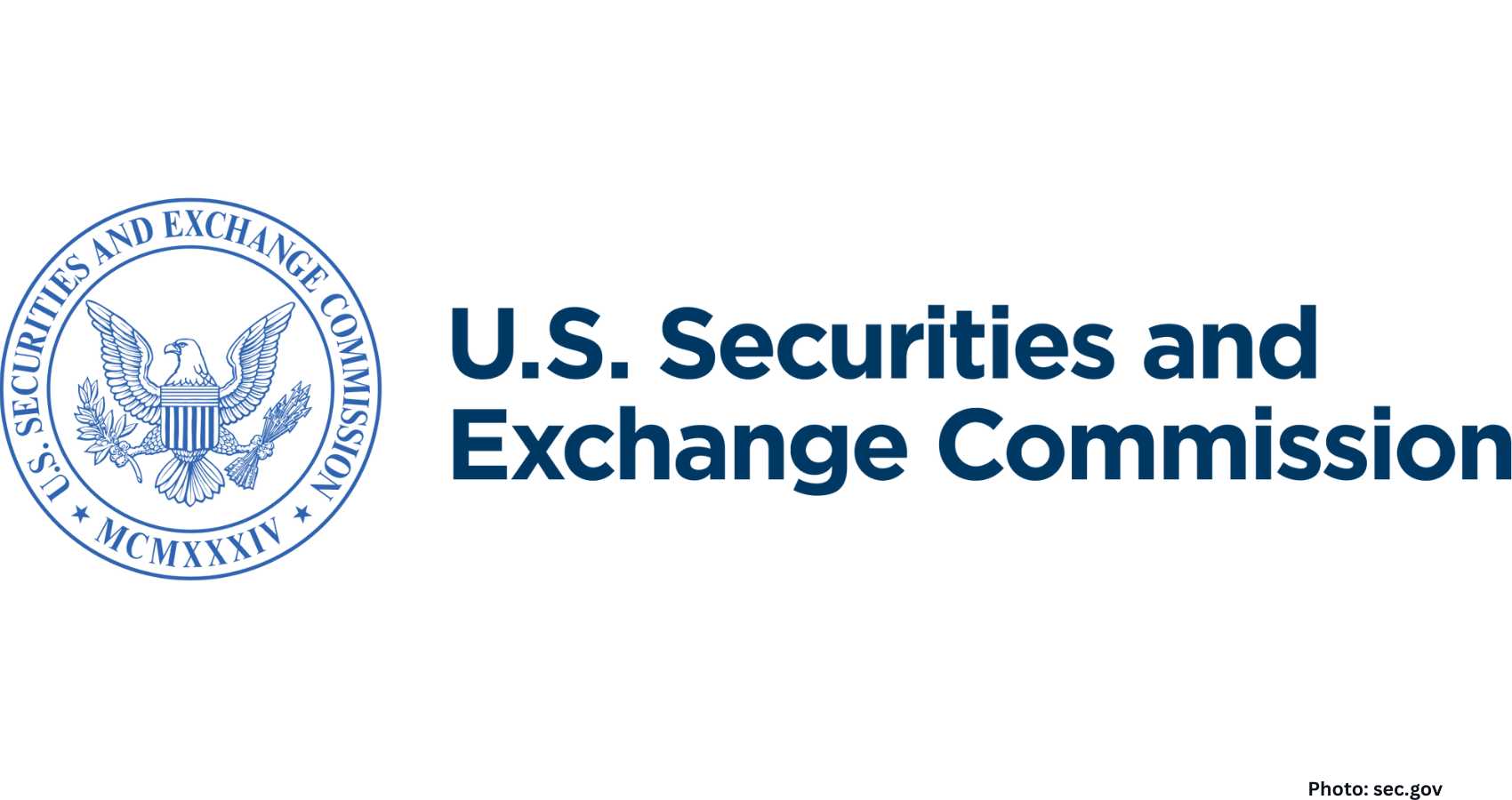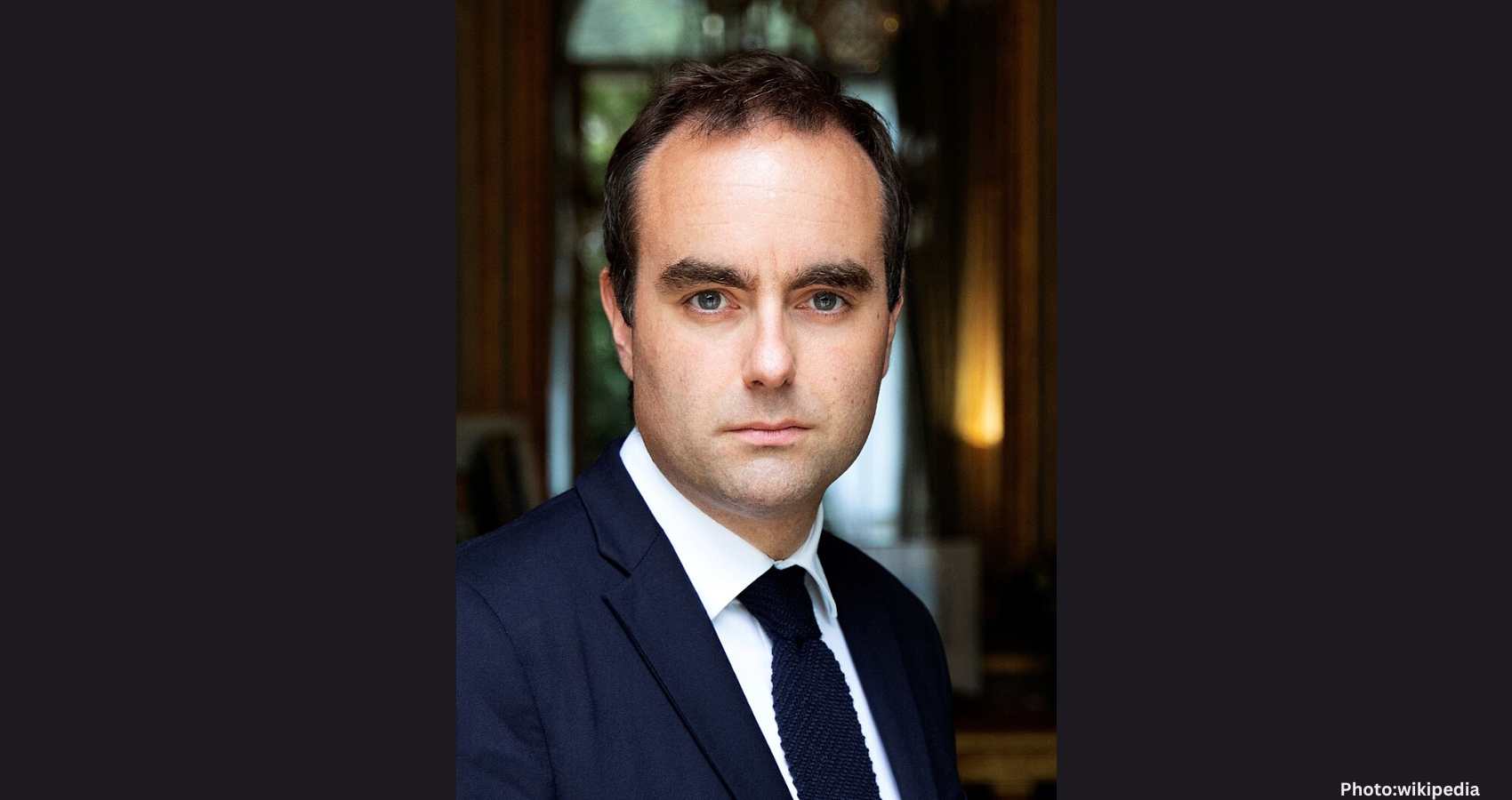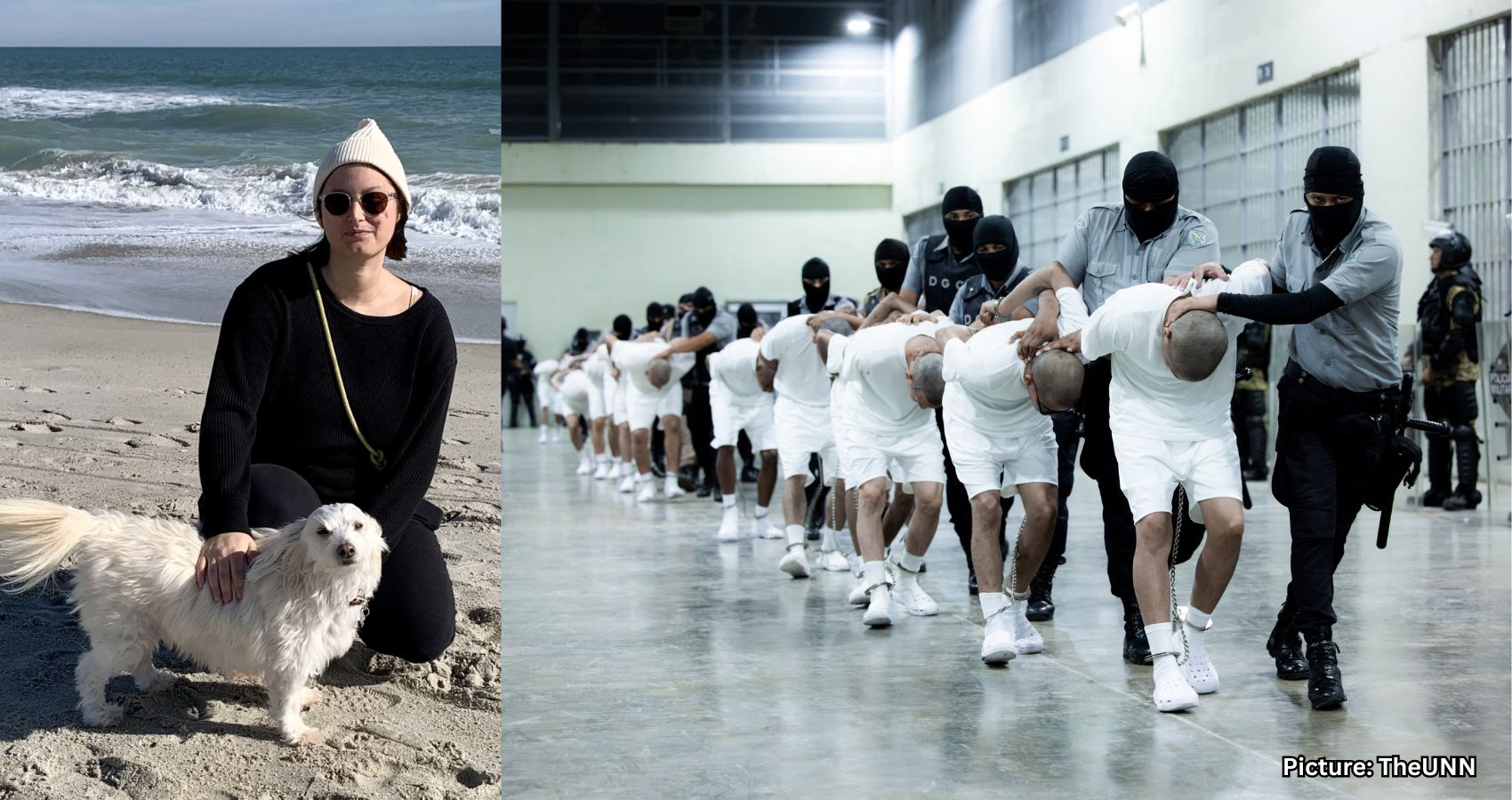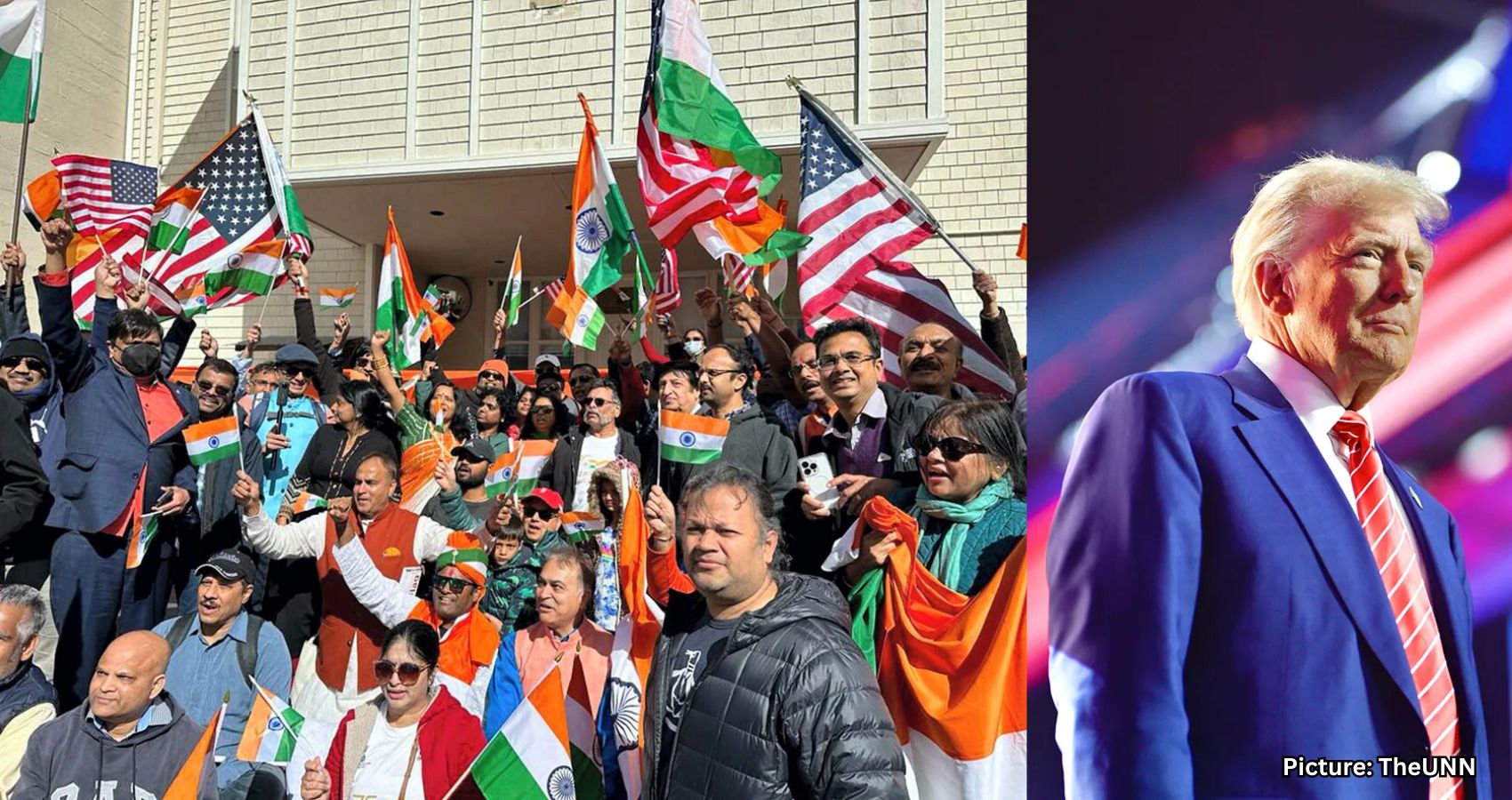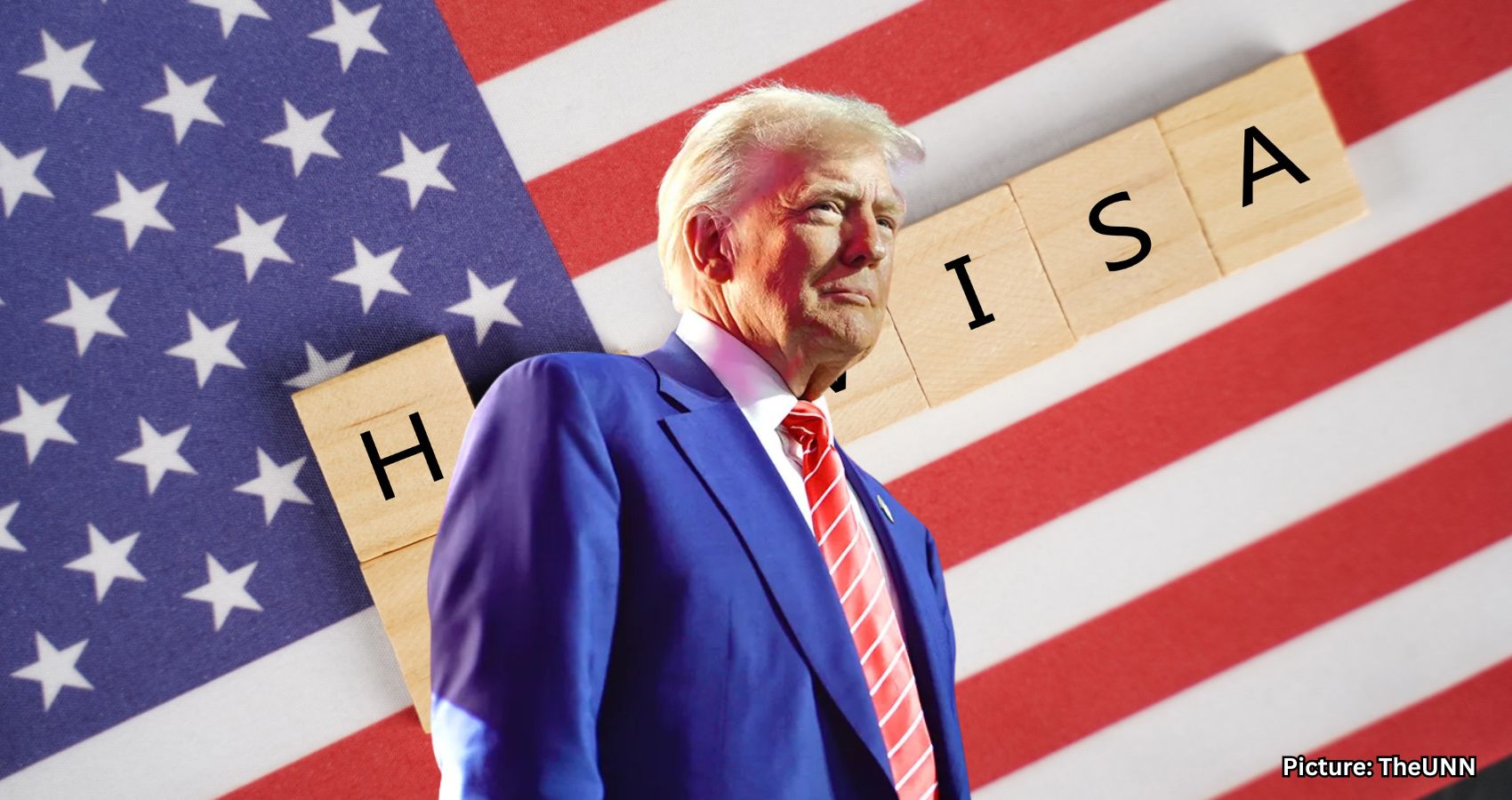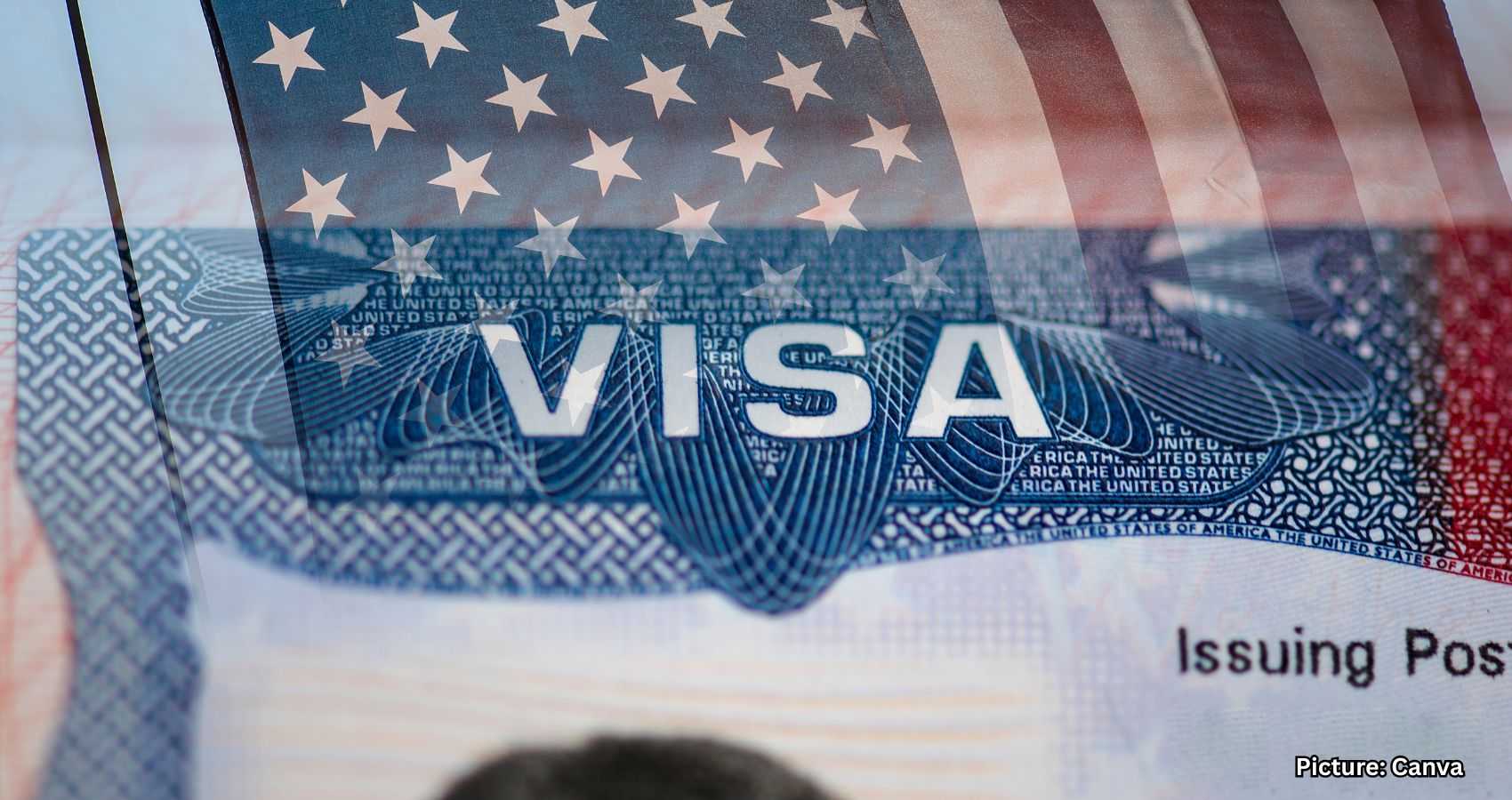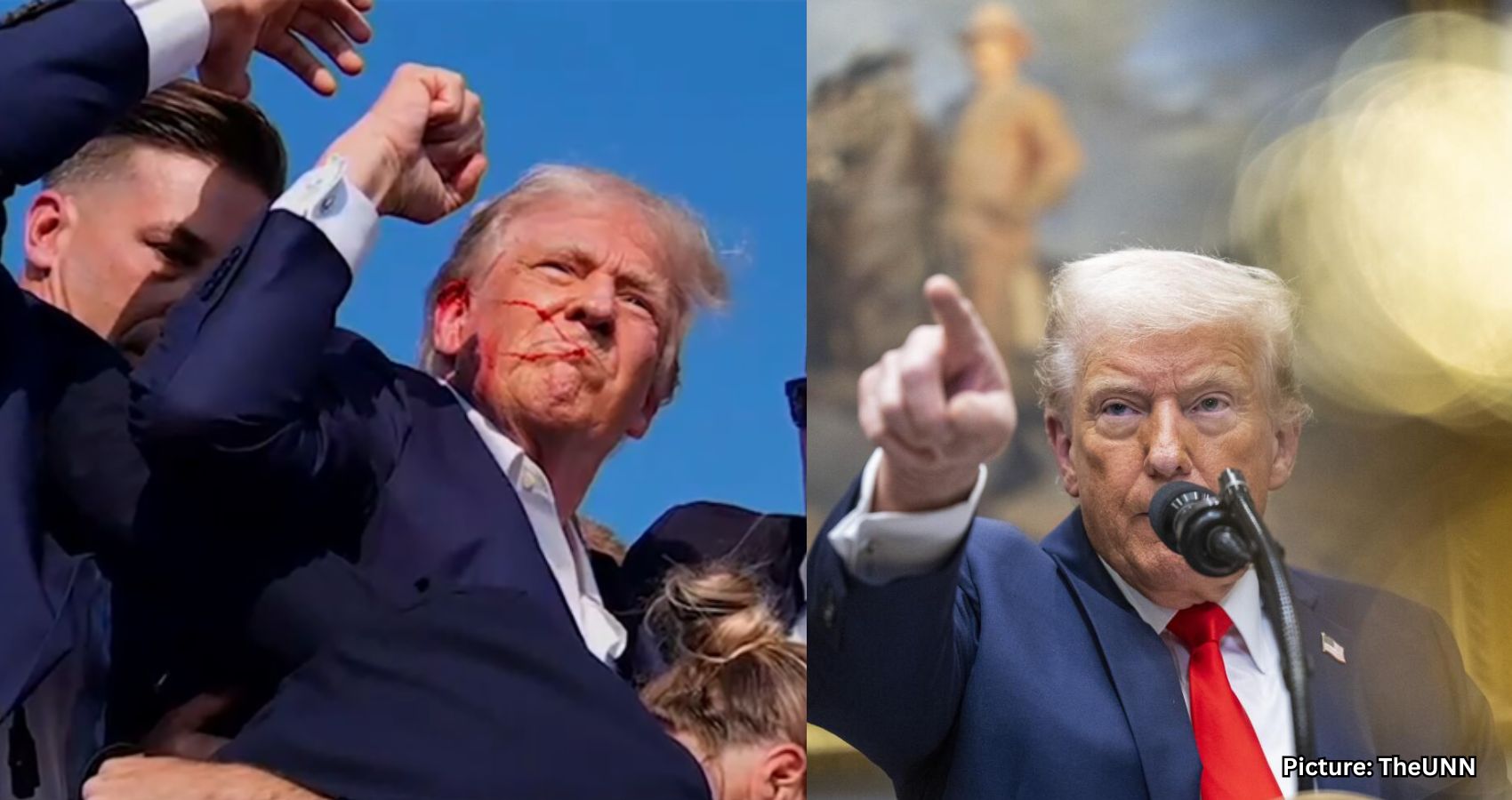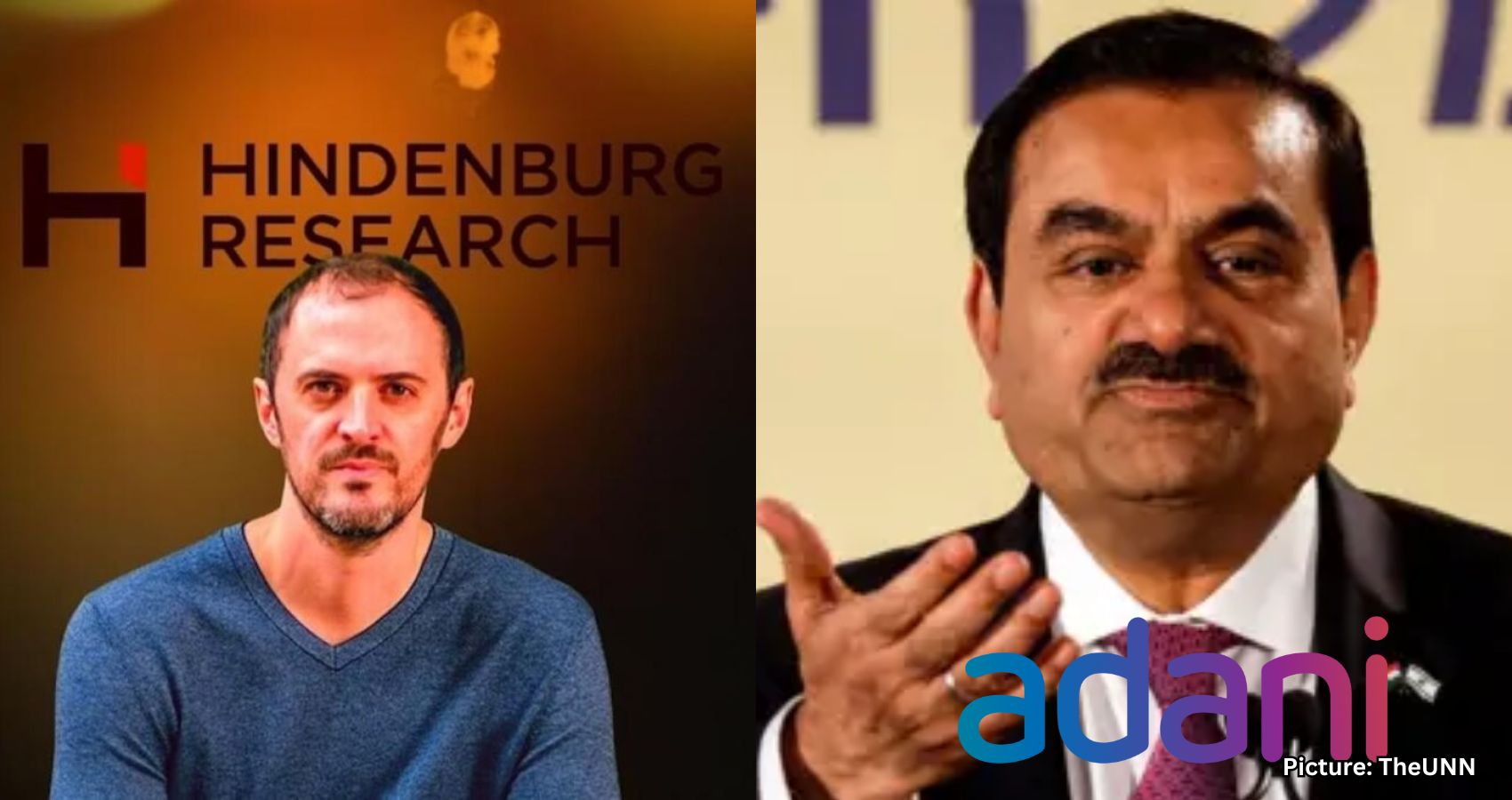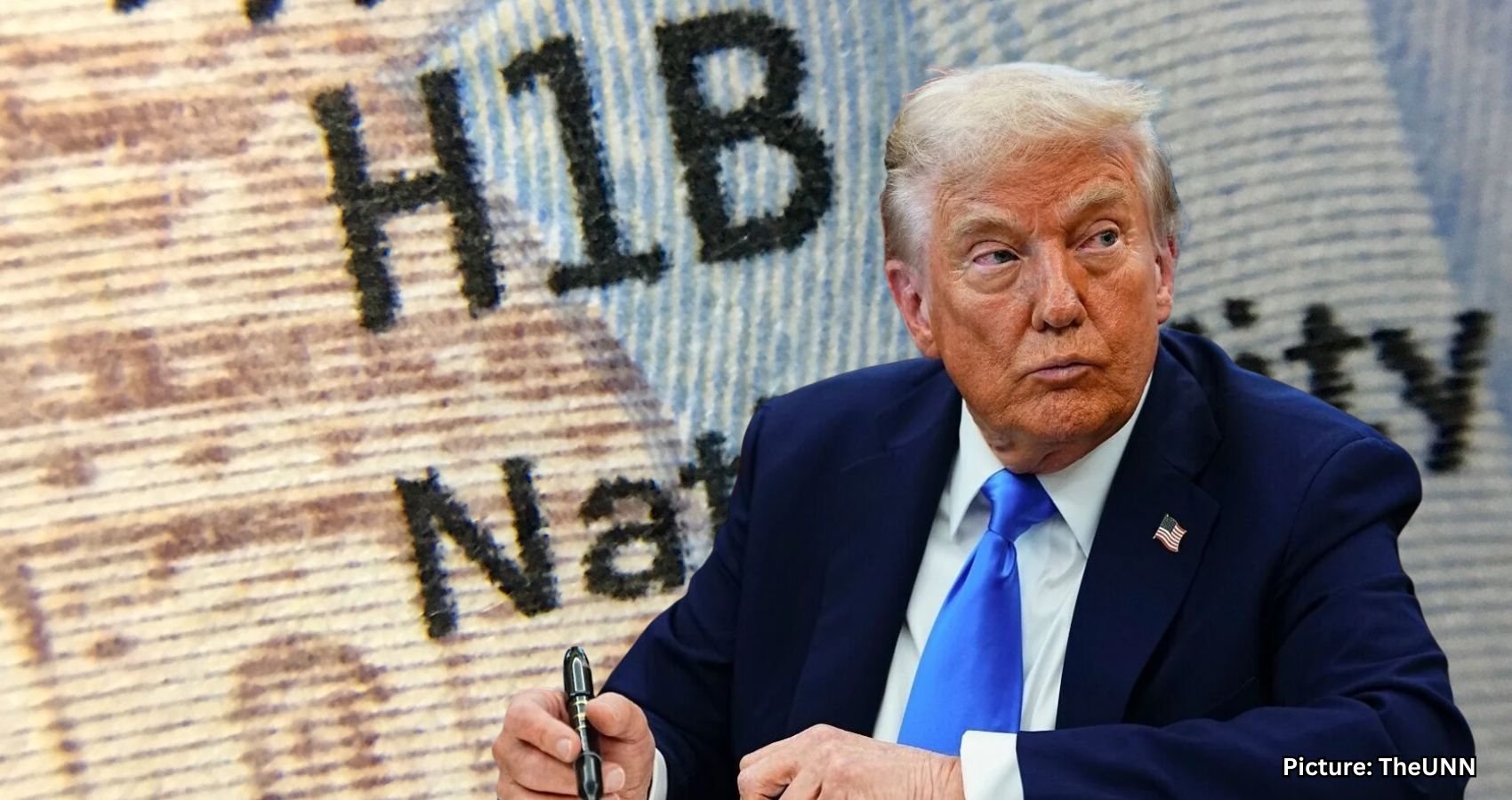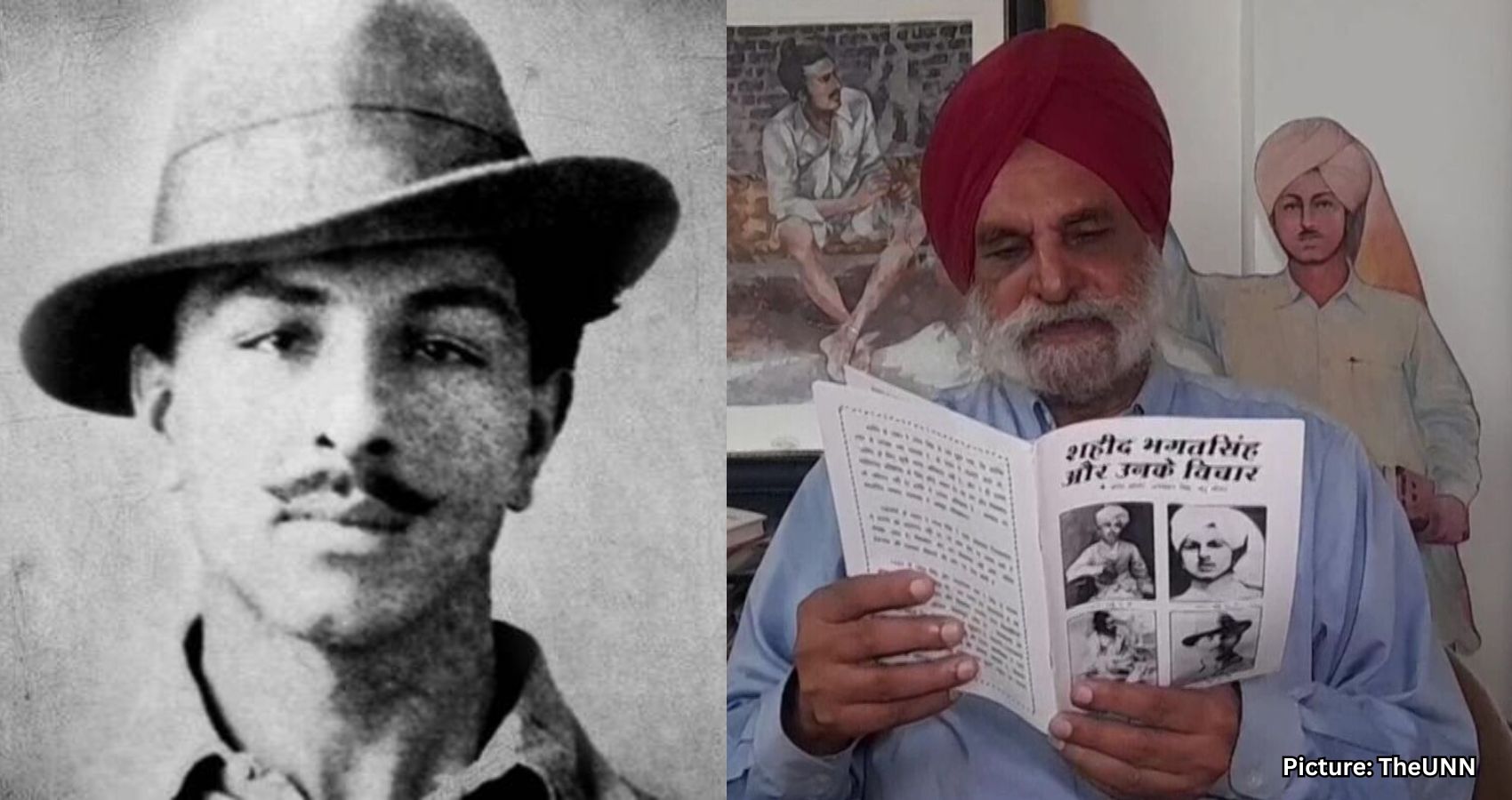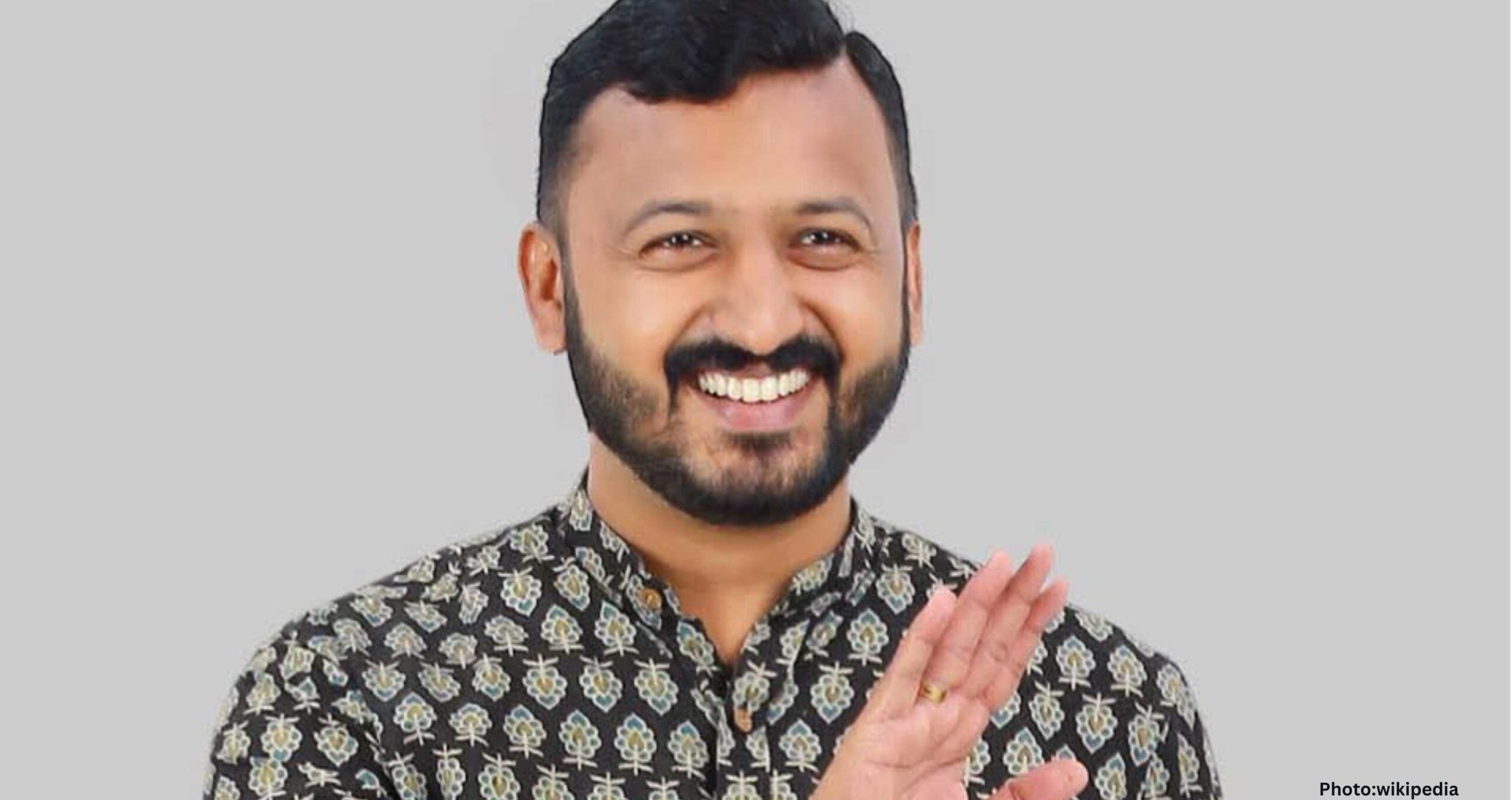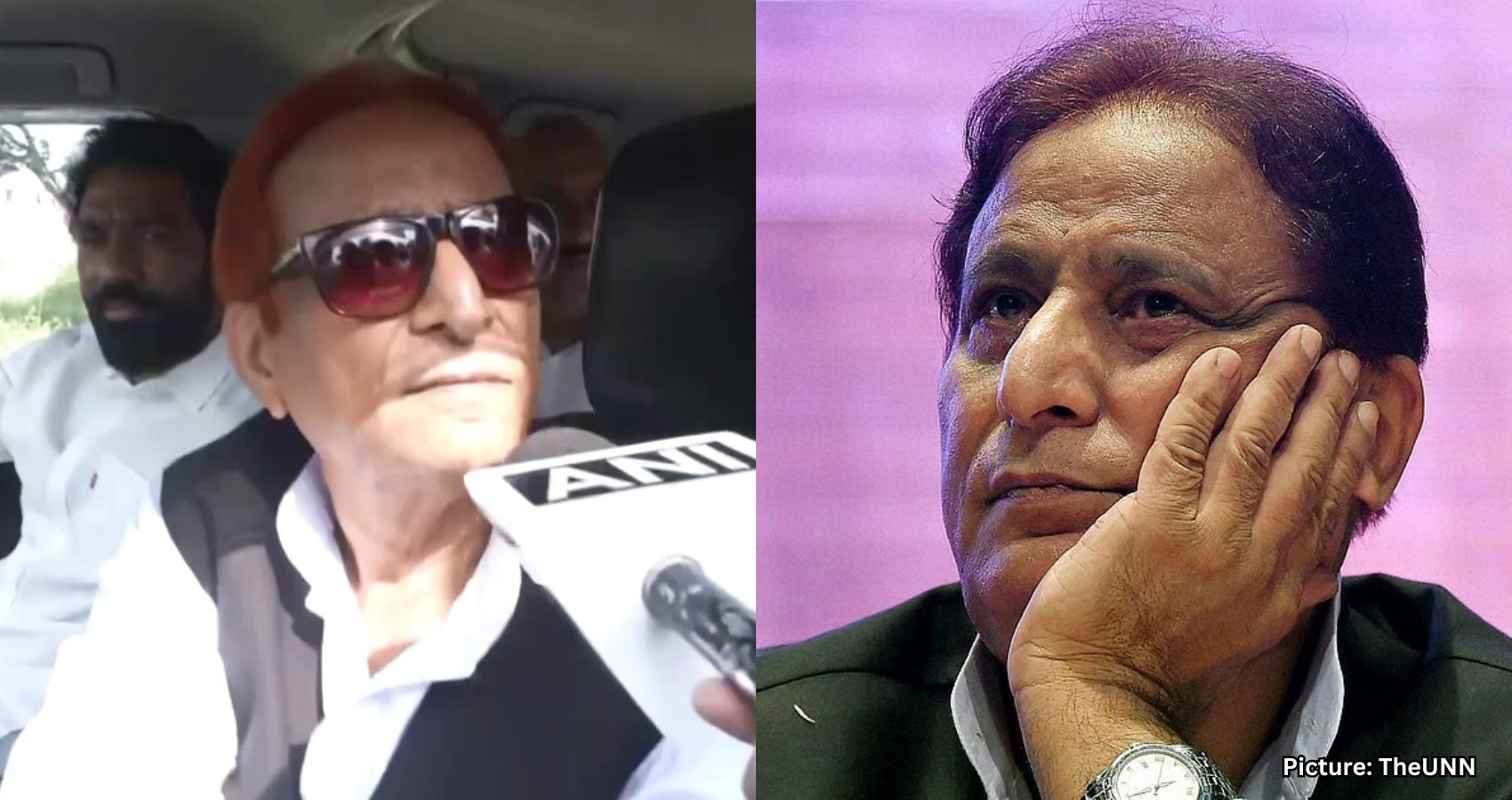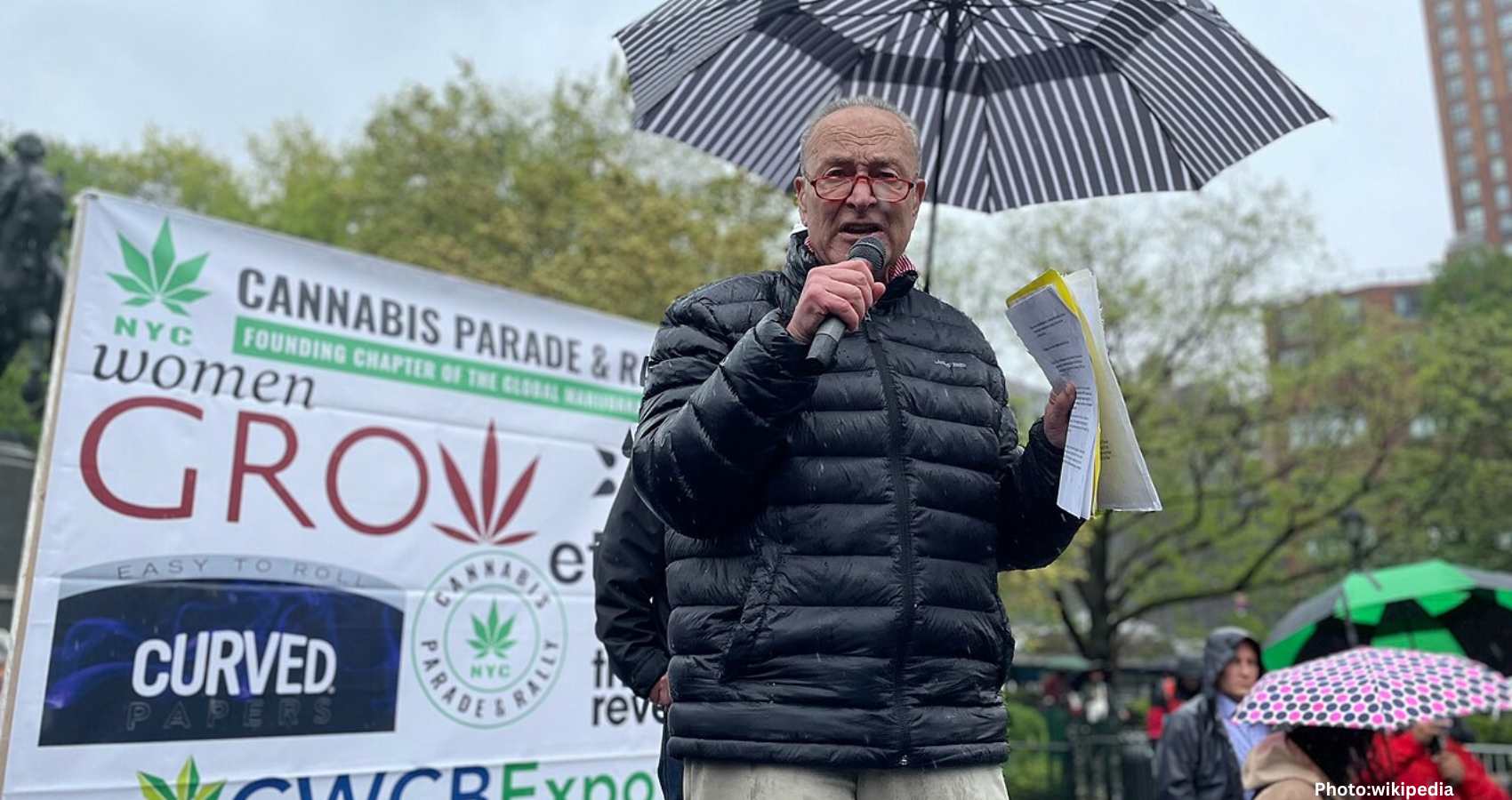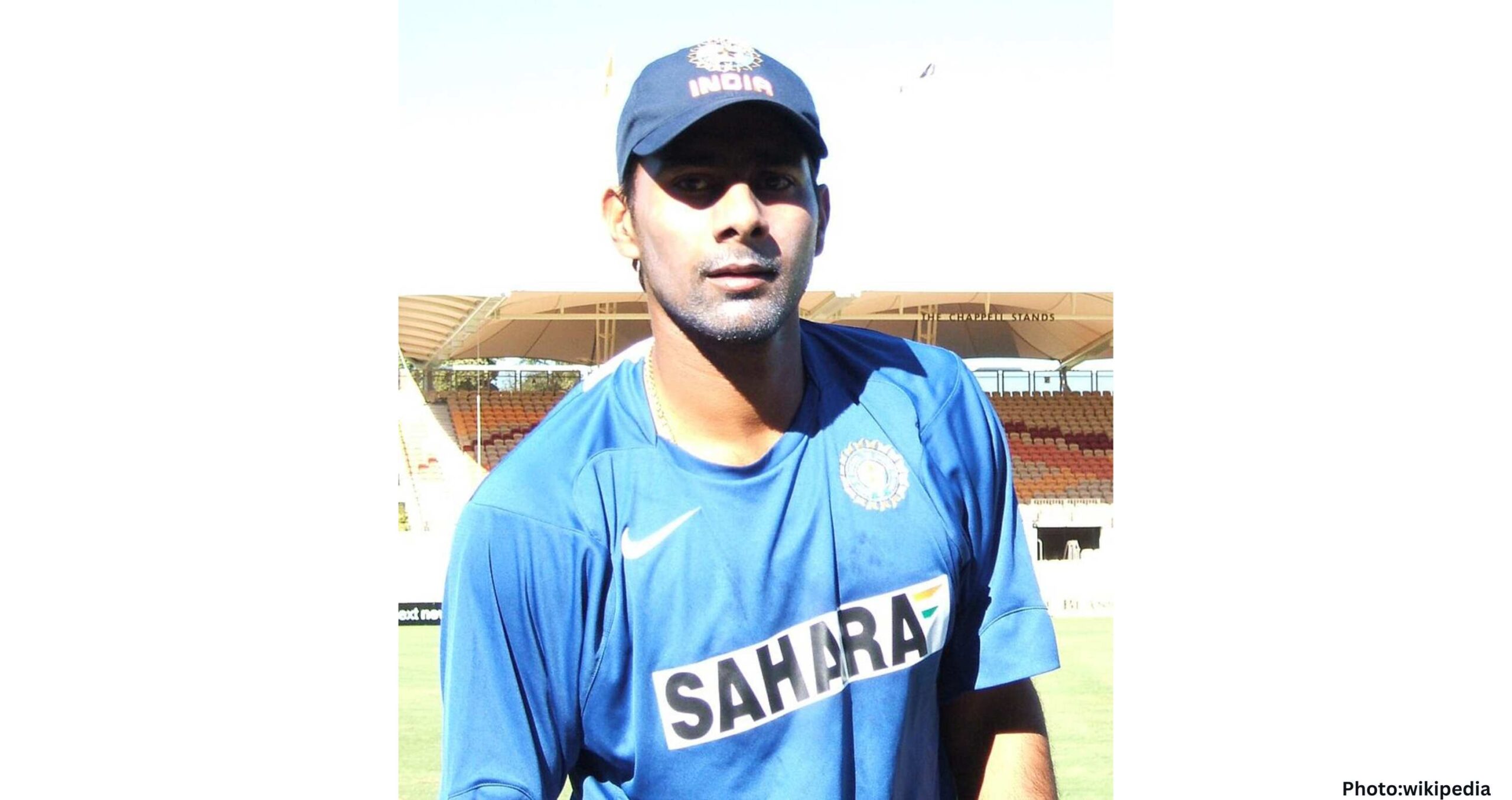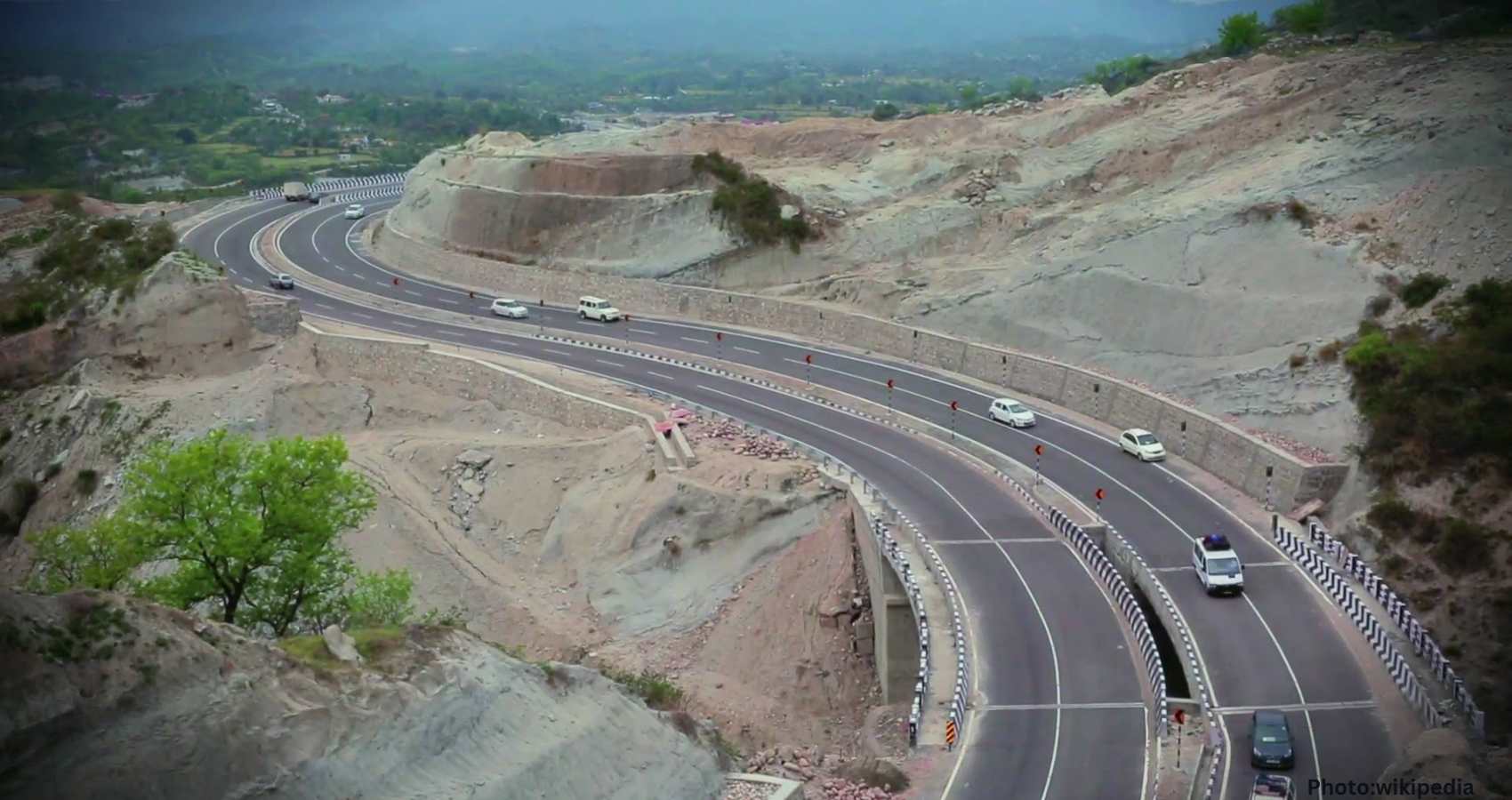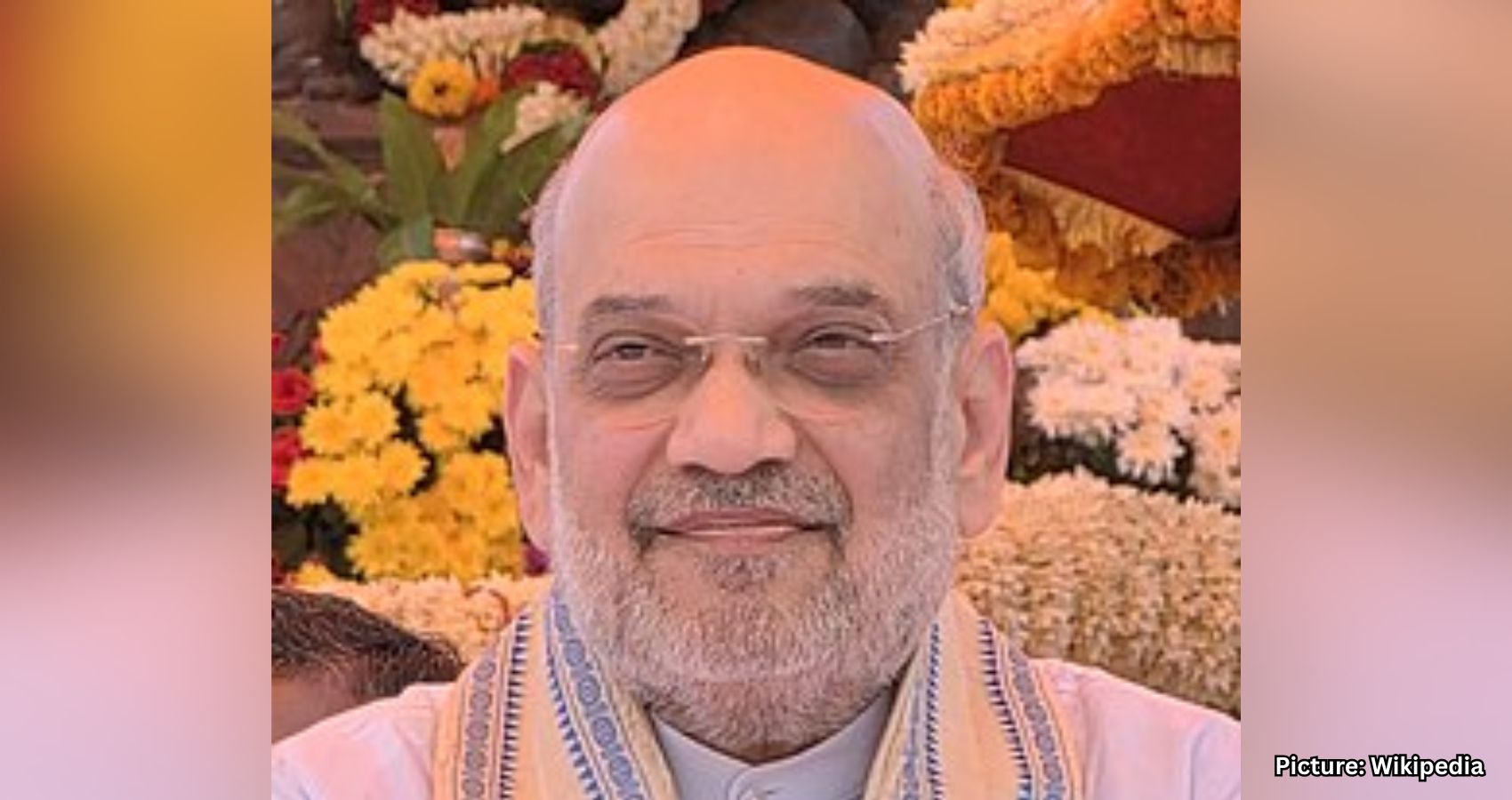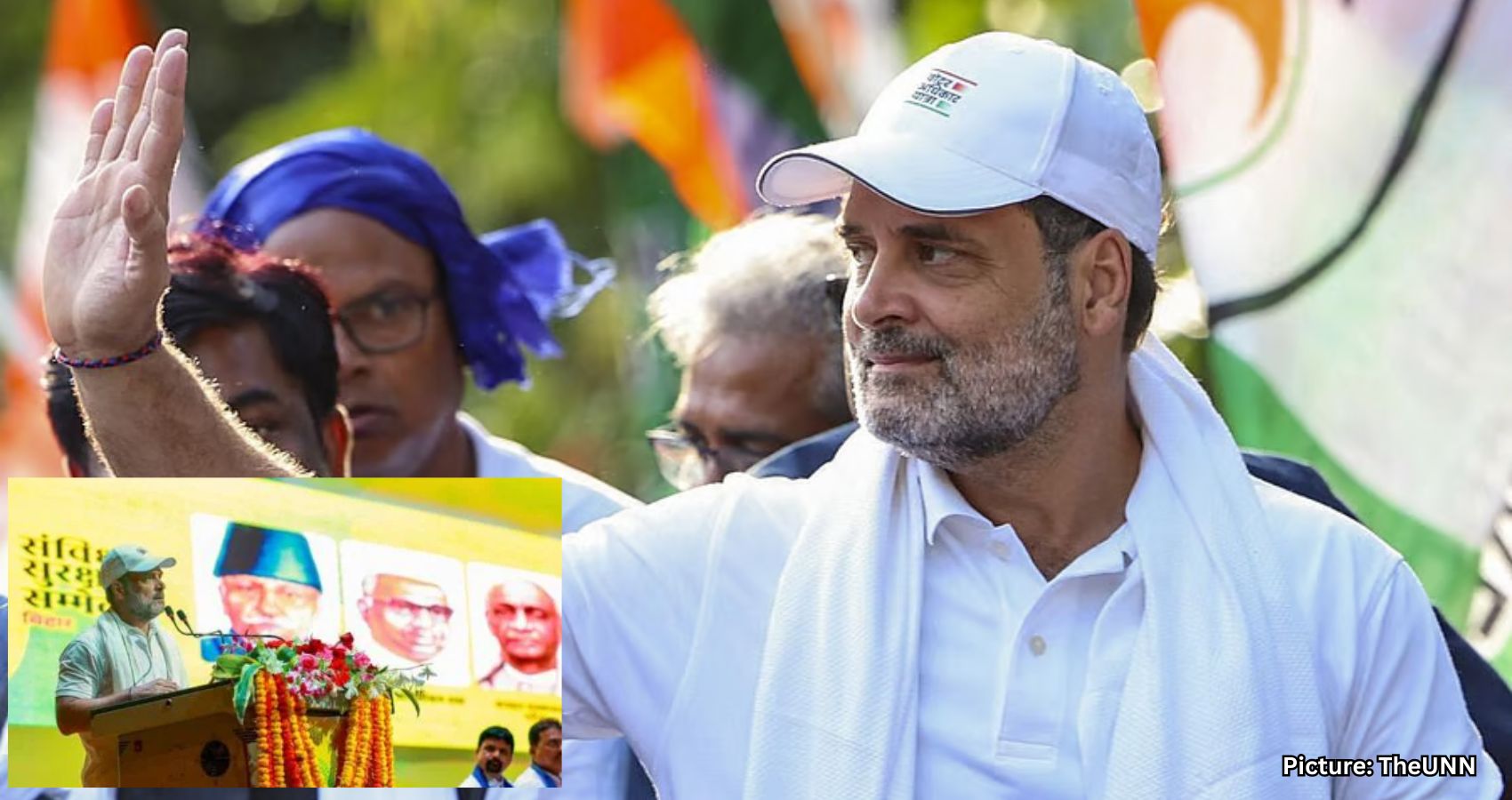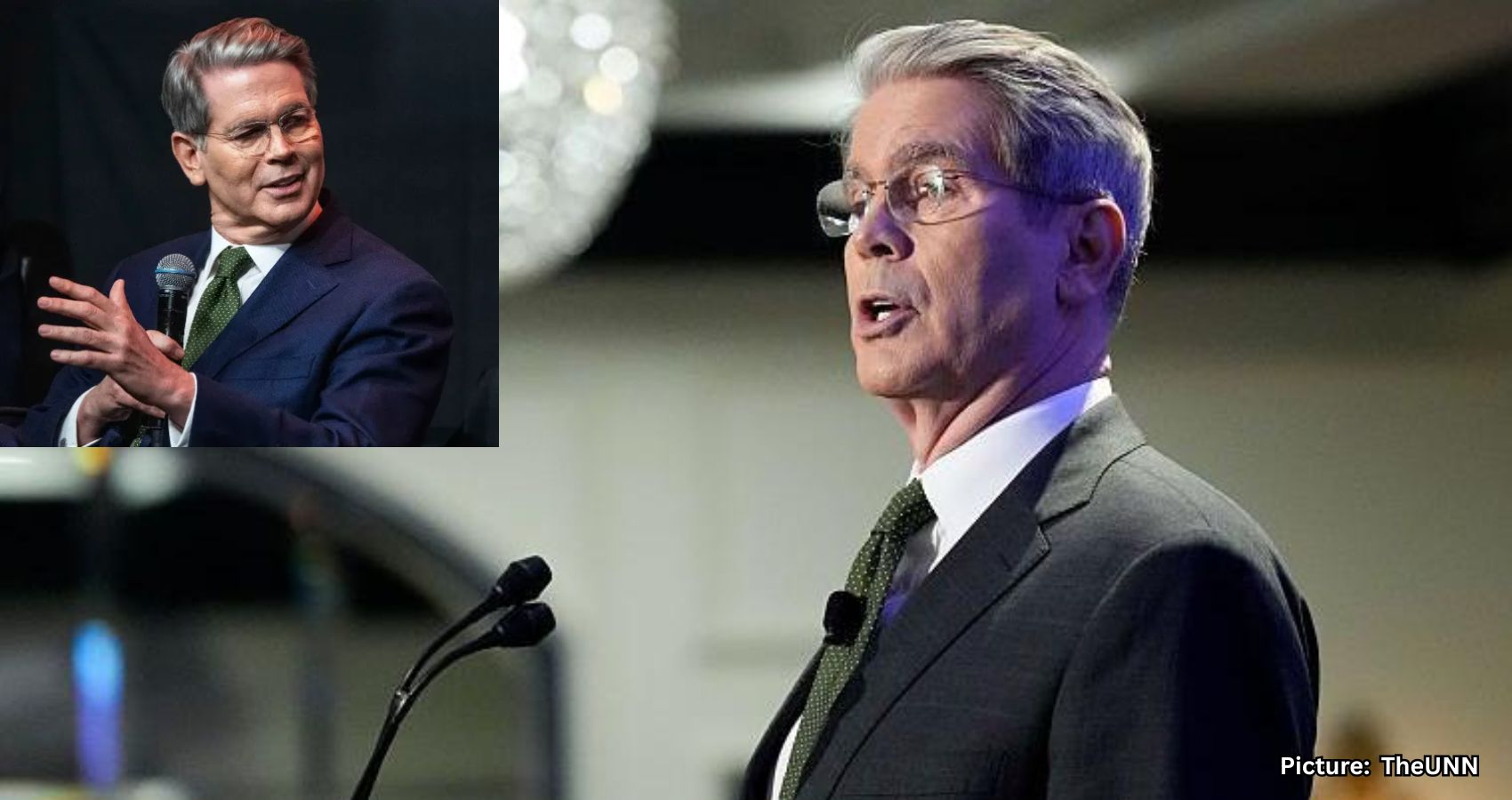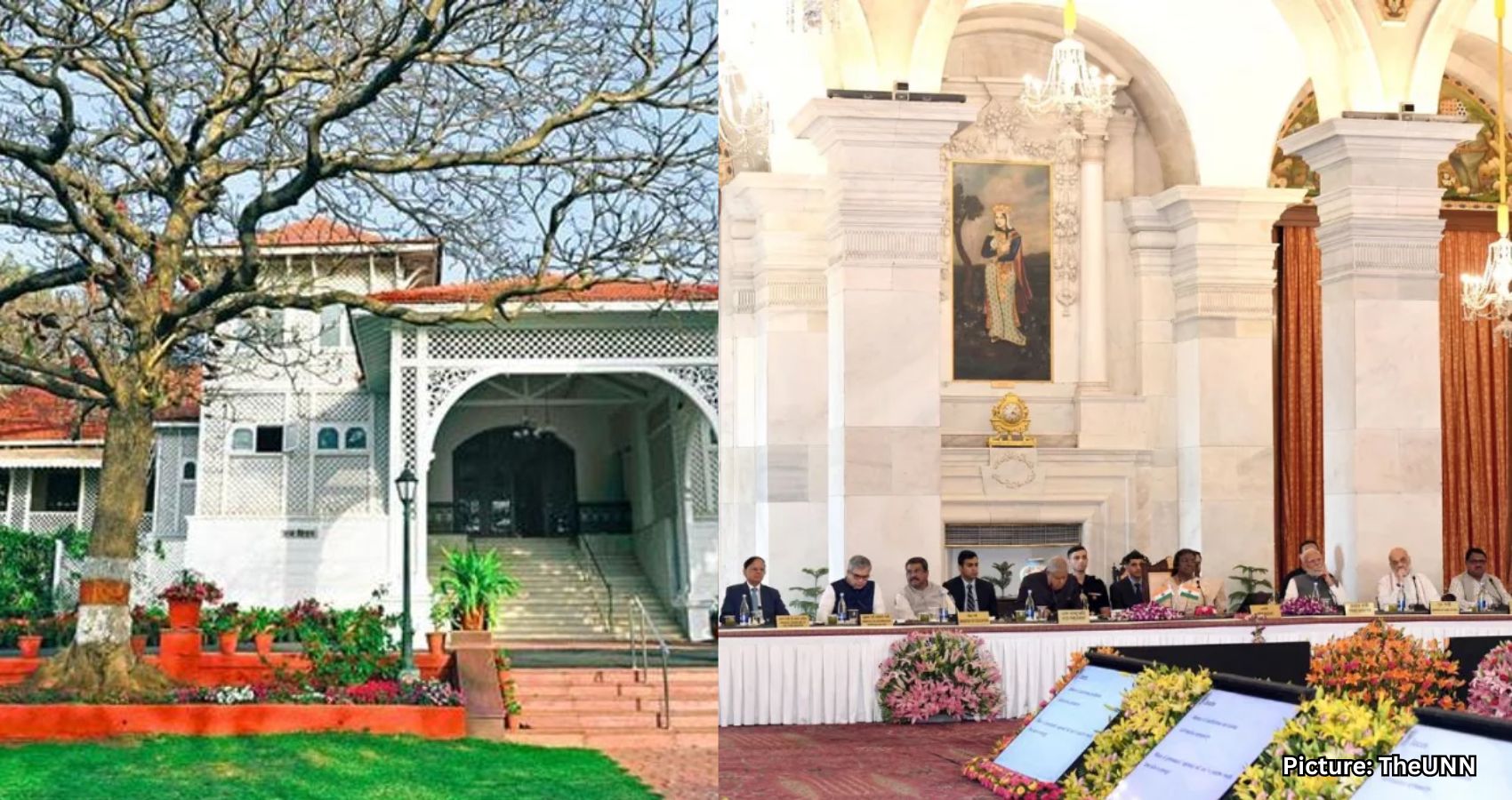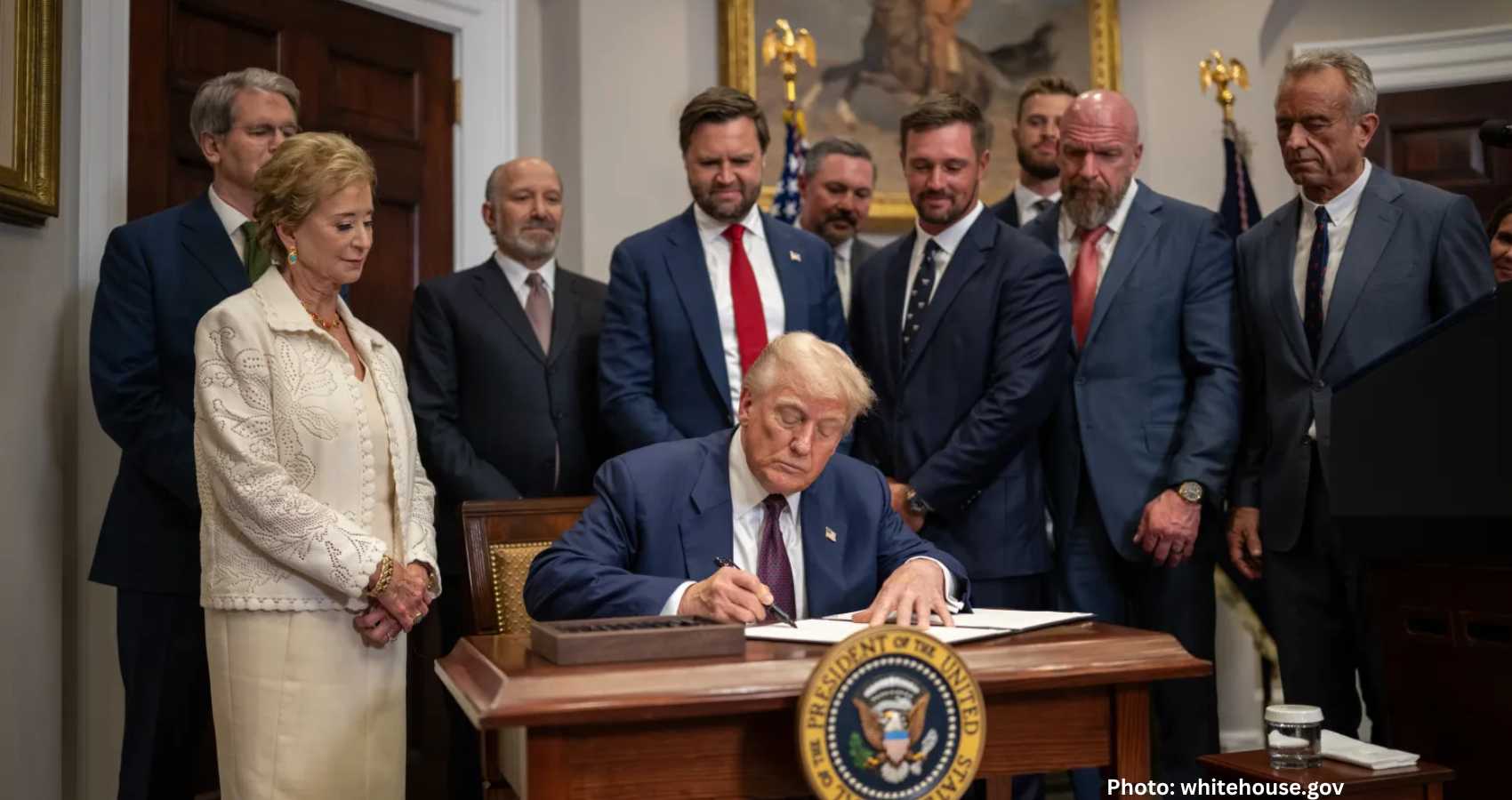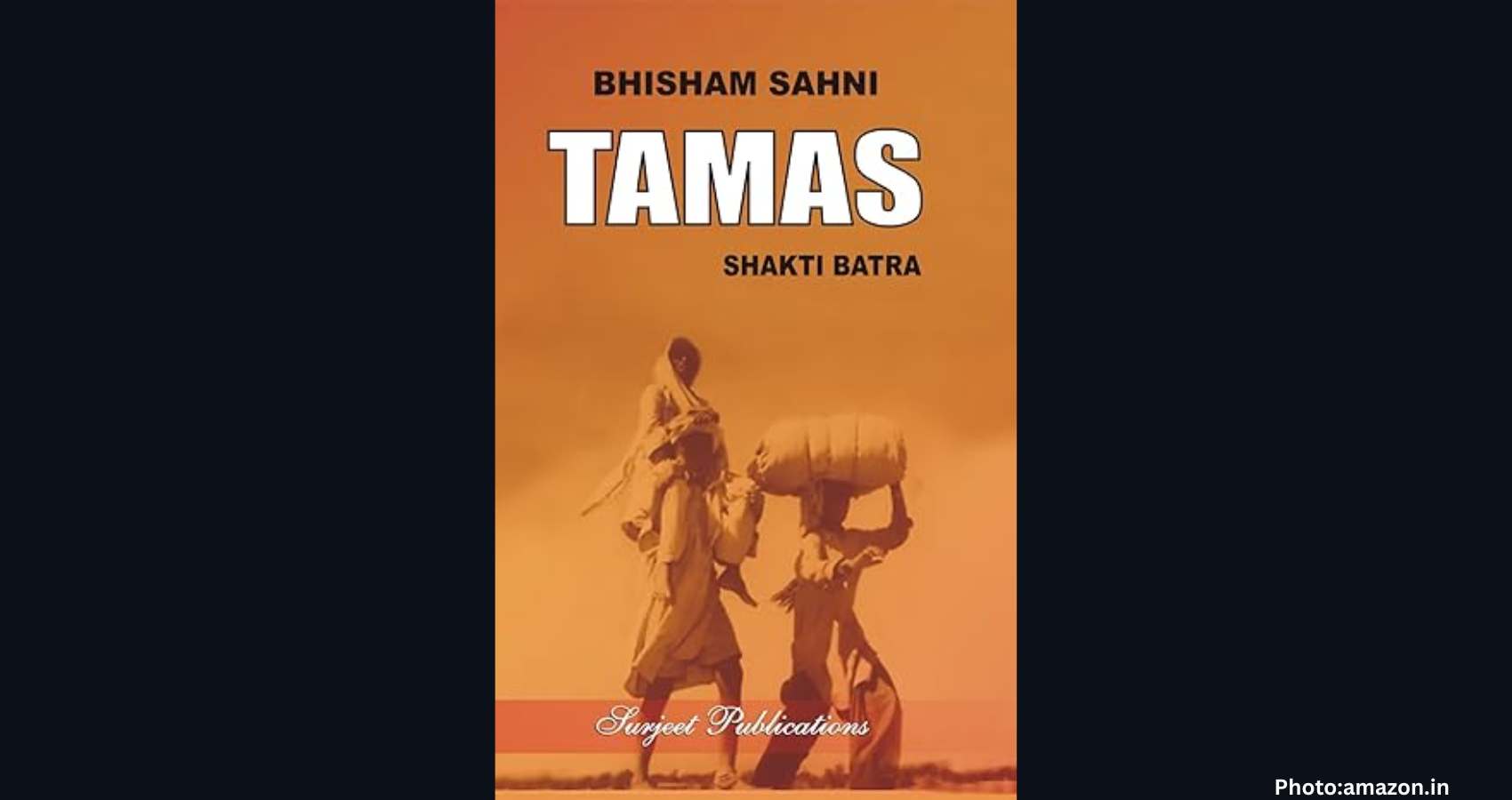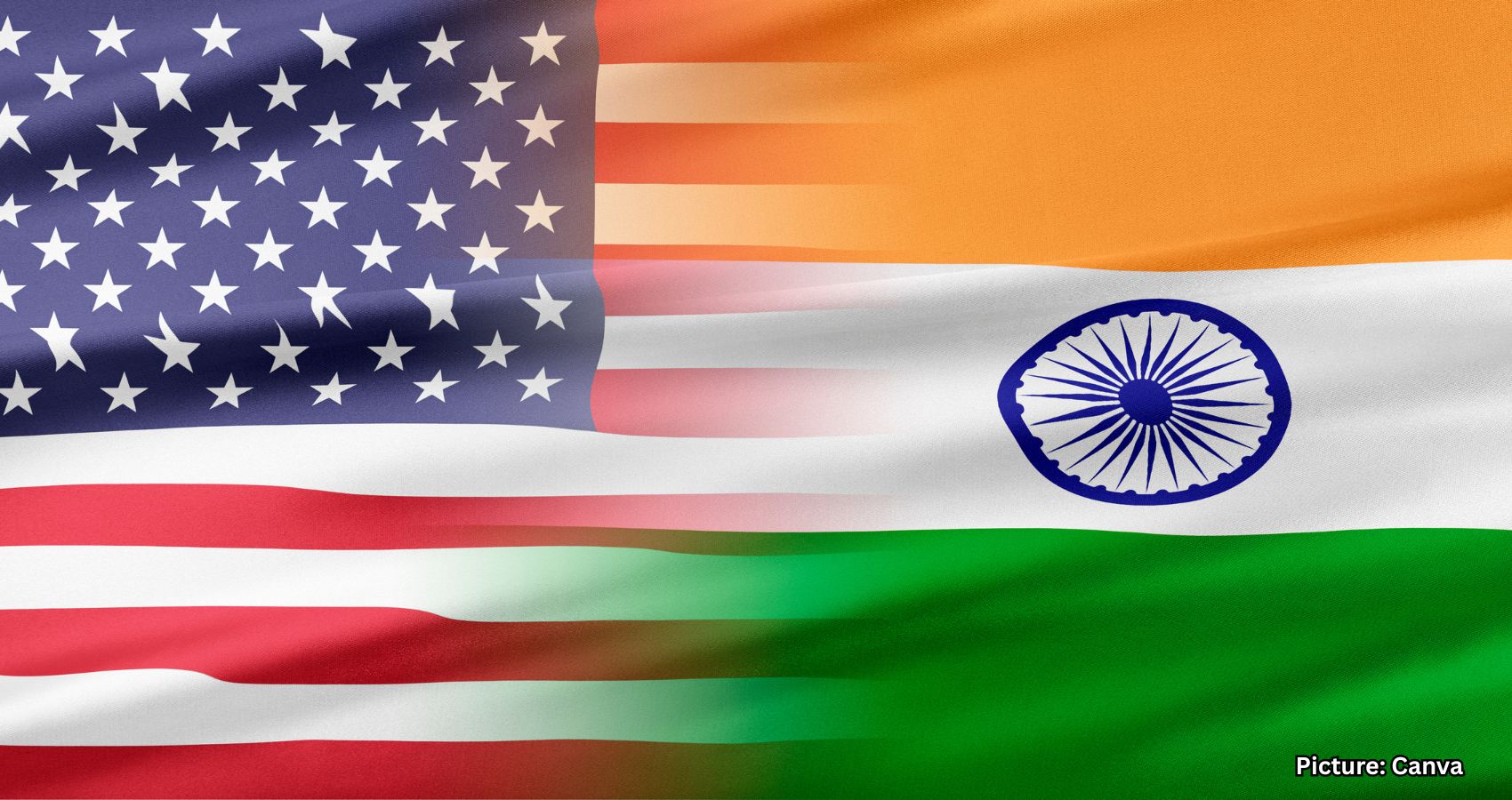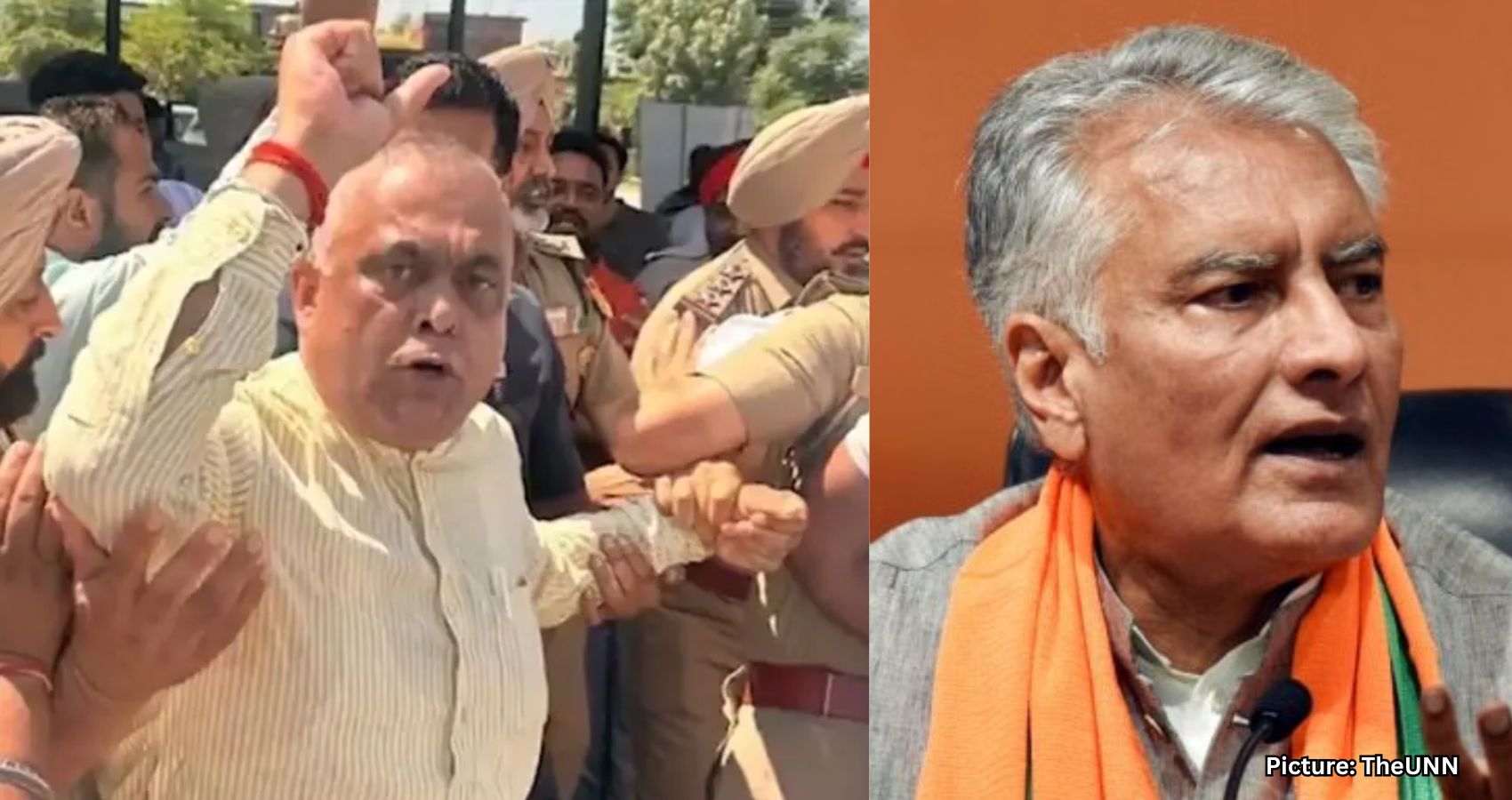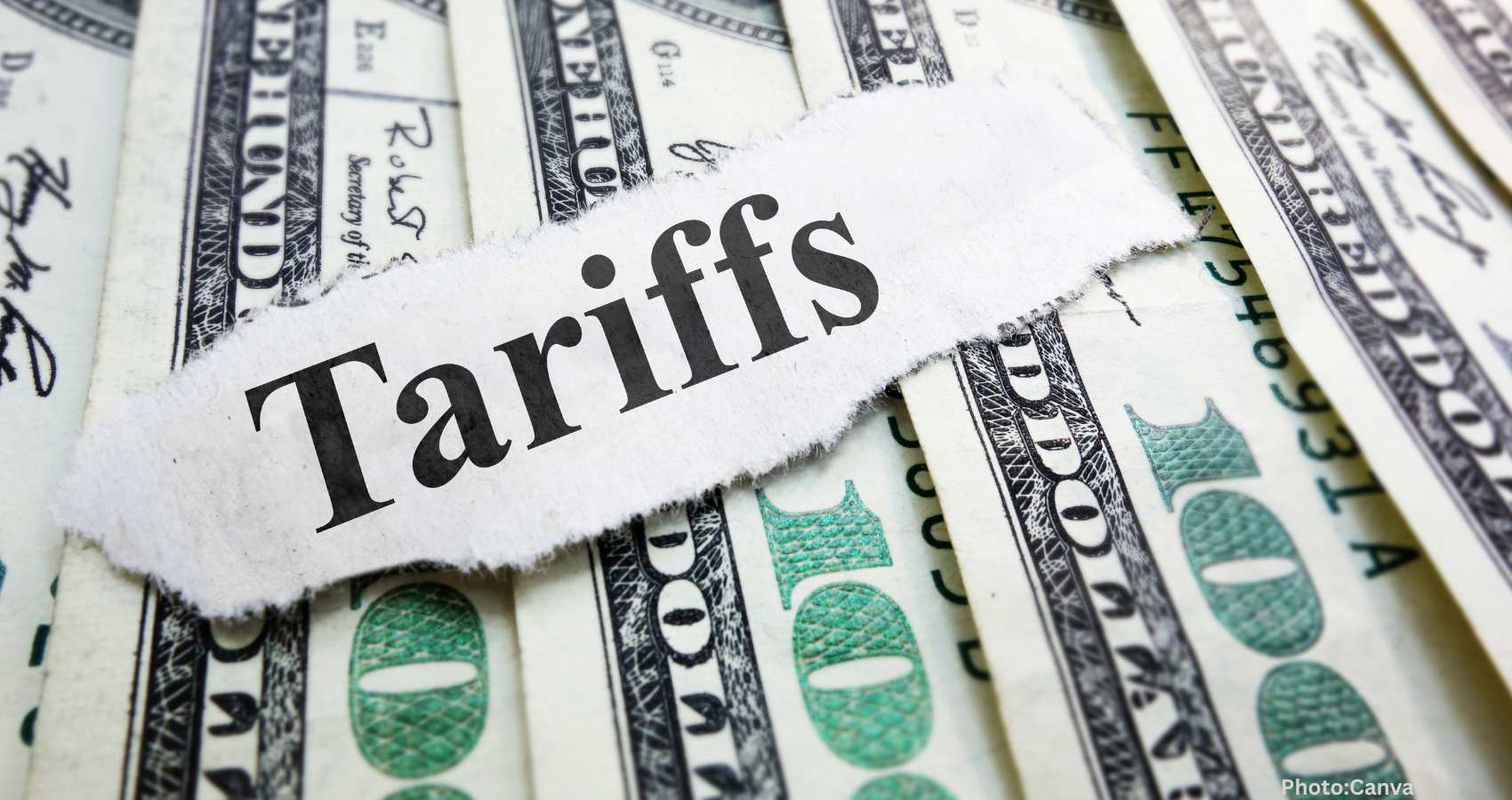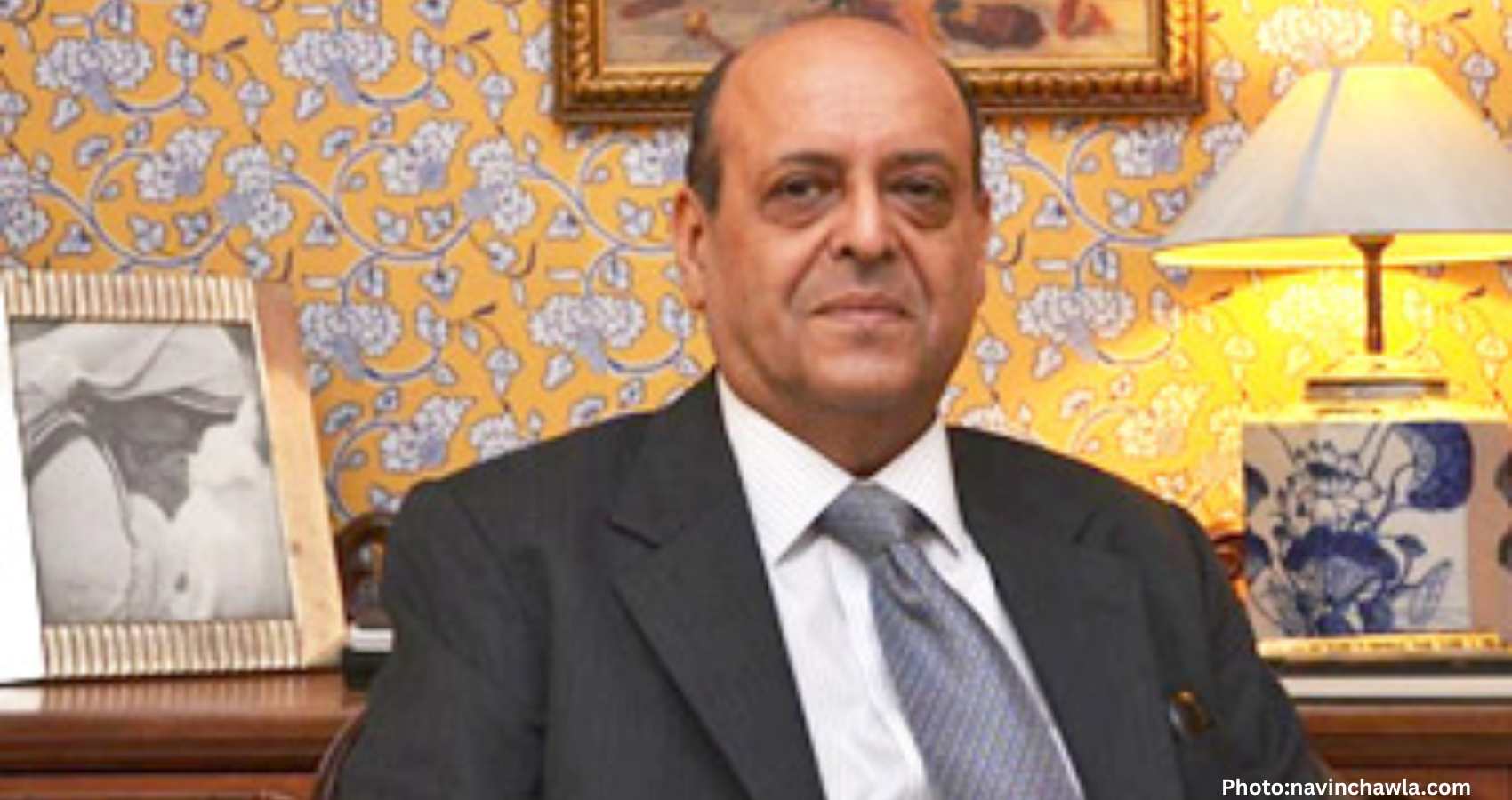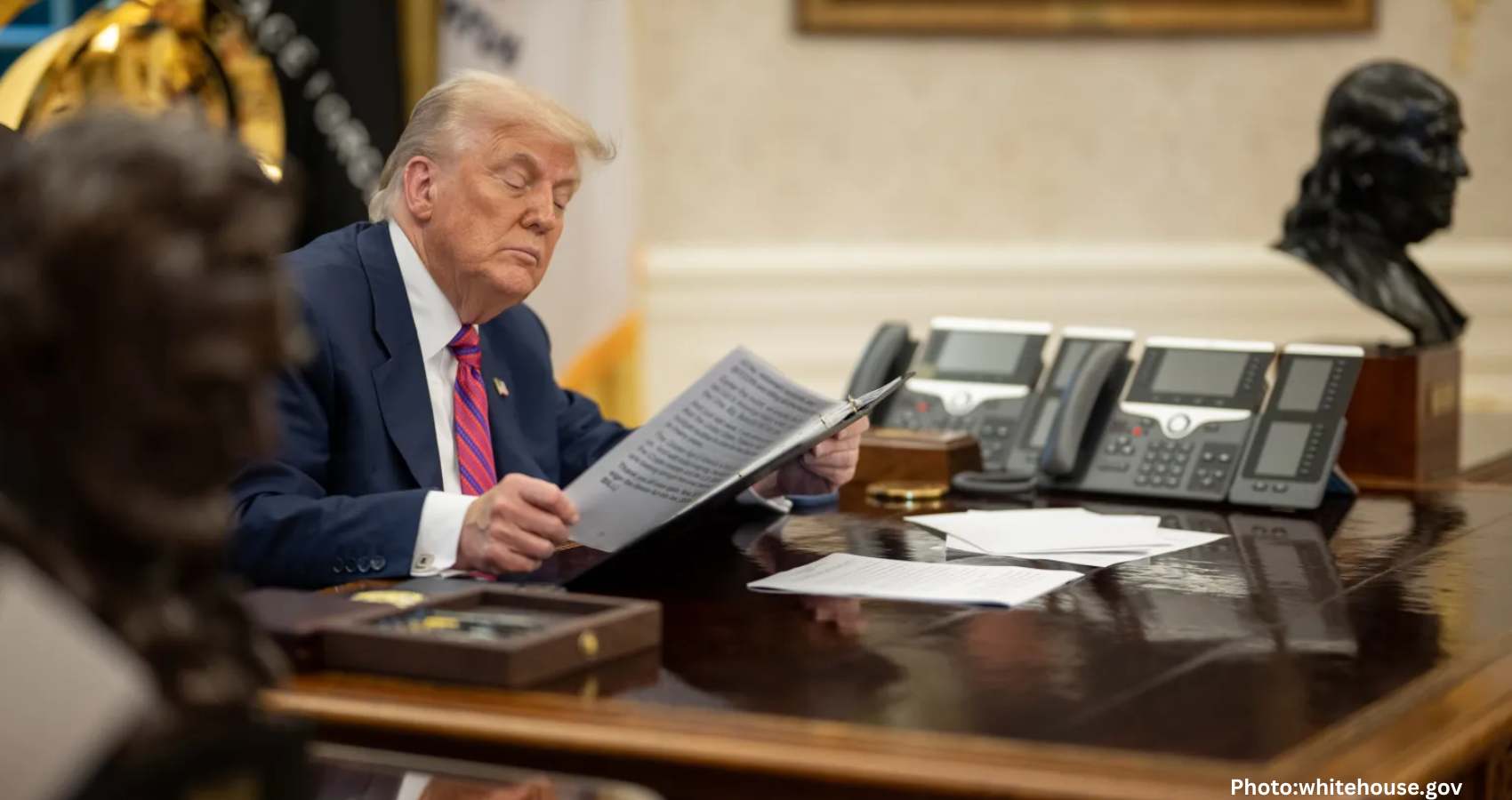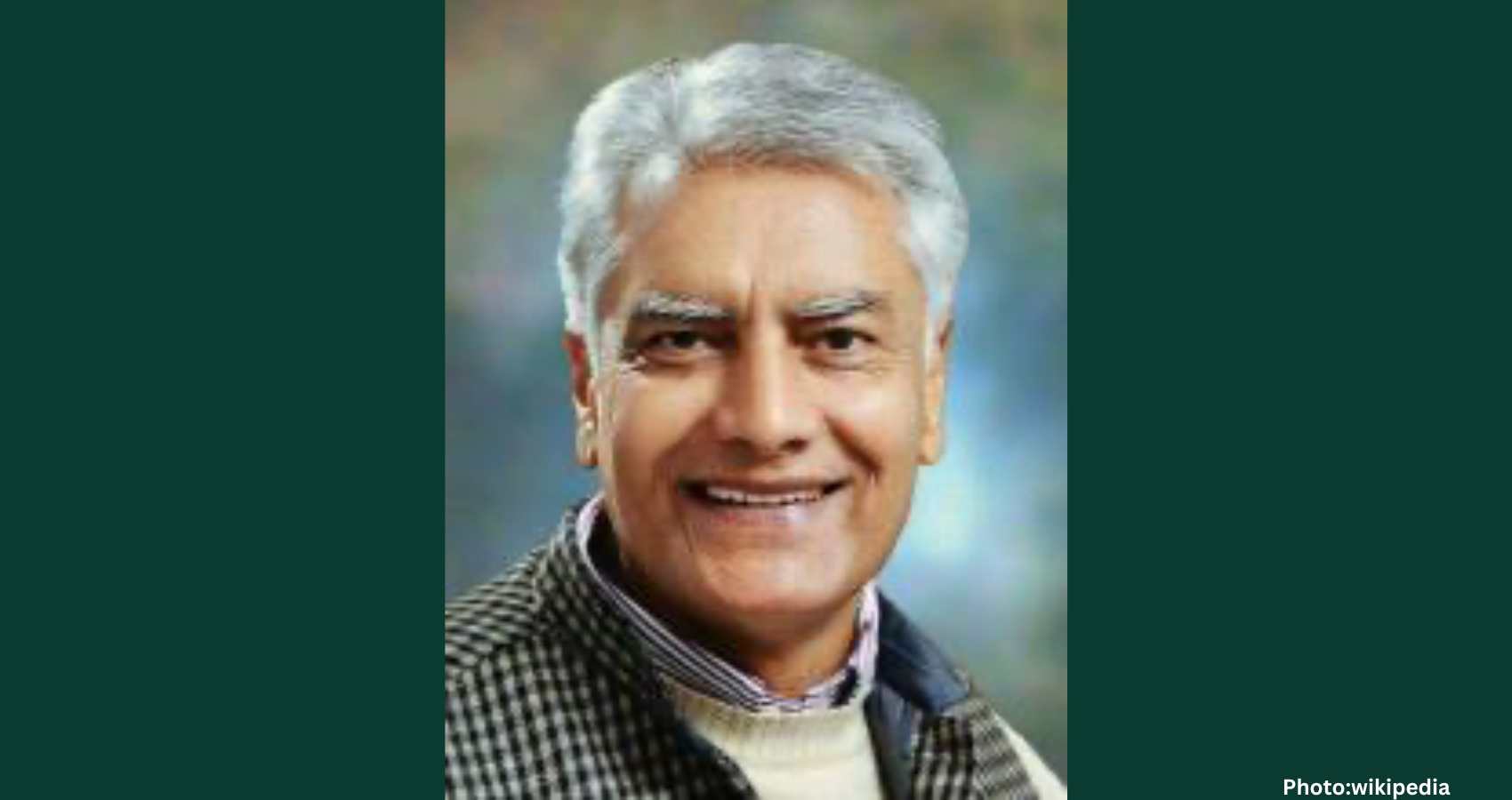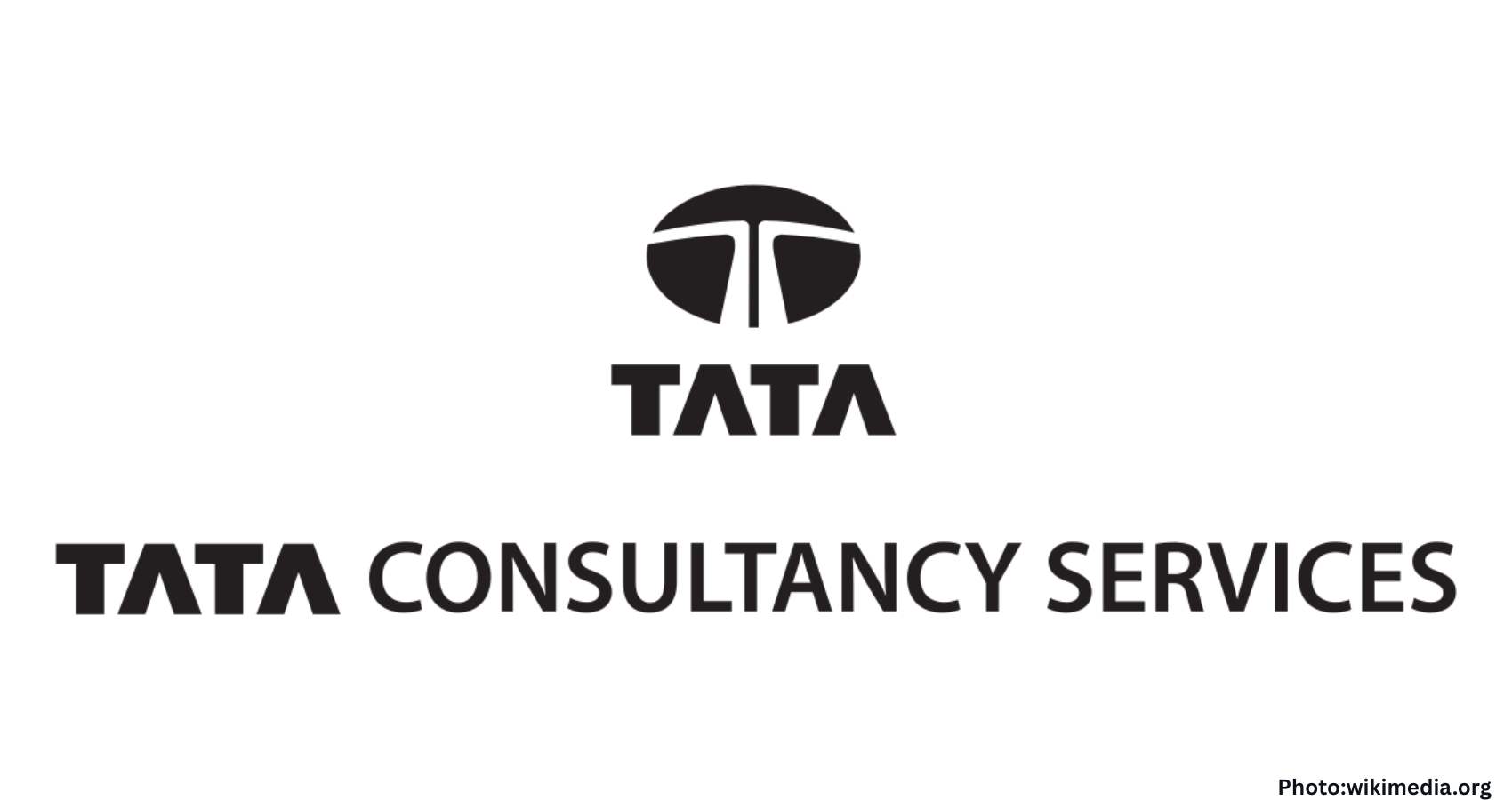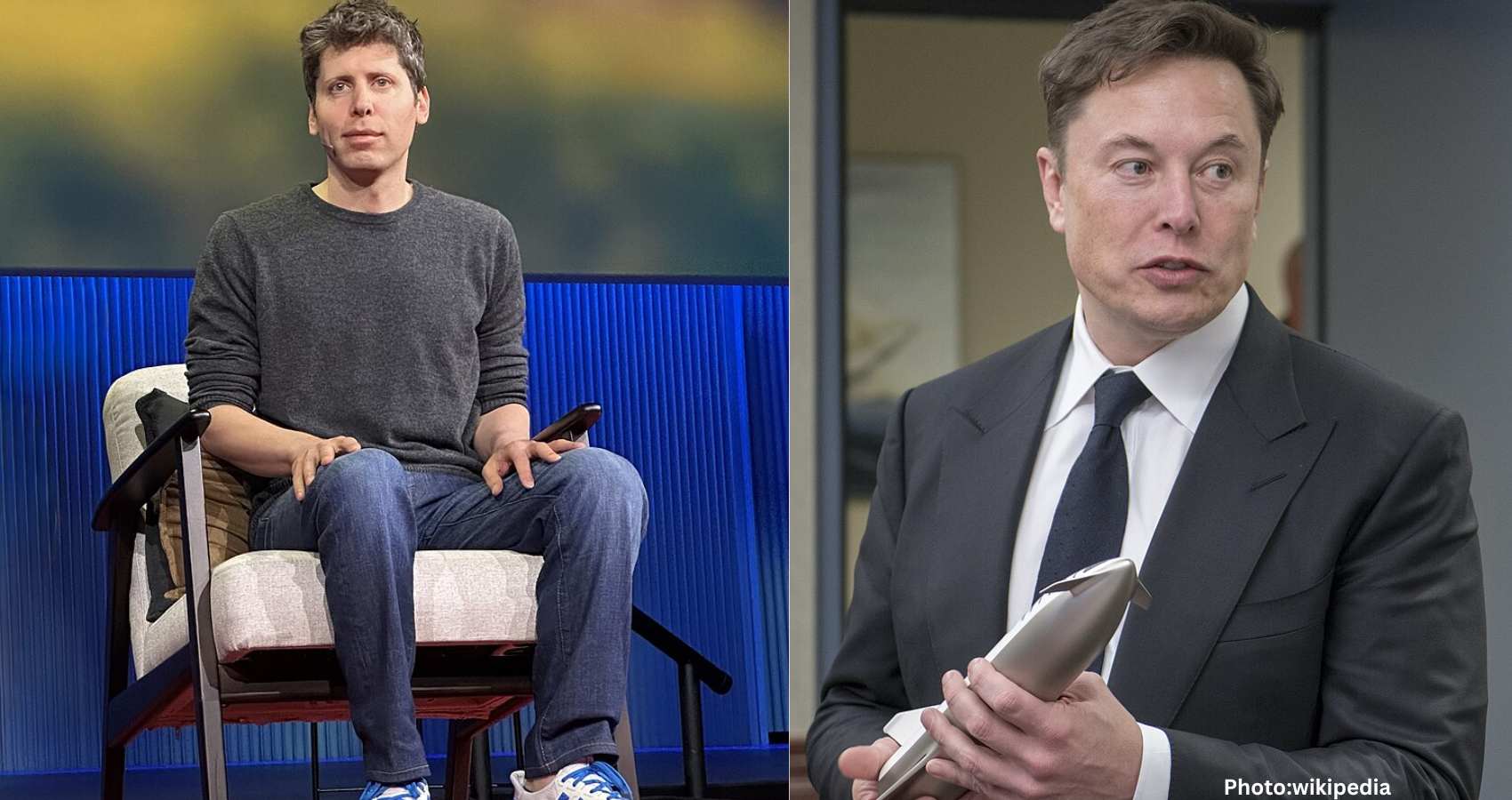The debate over integrated theatre commands in India has intensified, with the government aiming for significant defence reforms by 2025 amidst resistance from the Indian Air Force.
The discussion surrounding integrated theatre commands in India has gained momentum in recent months, especially with the government declaring 2025 as the “Year of Defence Reforms.” There were high hopes that the country would finally transition from deliberation to execution regarding this long-anticipated transformation. However, the proposal has faced considerable pushback, particularly from the Indian Air Force (IAF). The IAF leadership has raised concerns about limited resources, potential doctrinal dilution, and the inappropriateness of foreign models, arguing that theatreisation may be premature or even hazardous.
While these concerns merit consideration, they must be evaluated against India’s broader security landscape, operational requirements, and decades of recommendations. In this context, theatreisation emerges not merely as a discretionary reform but as a national necessity.
At the core of the opposition lies an institutional anxiety regarding the potential loss of operational control to joint theatre commanders. This concern is particularly pronounced within the IAF, which has historically valued independent command structures. Such resistance is not unique to India; militaries worldwide, including those of the United States, China, and Russia, have initially resisted similar reforms before ultimately embracing them. In each instance, the transition to joint structures has ultimately strengthened military capabilities.
India cannot afford to let these anxieties, however valid, obstruct the evolution of a future-ready force. Theatreisation is not about diminishing the identity or doctrine of individual services; it is about integrating strengths to operate cohesively.
The IAF’s primary objection is that with only 29 to 31 fighter squadrons—many of which are aging—dividing assets across various theatres would reduce operational flexibility. However, this perspective is based on a flawed premise. Theatreisation does not rigidly allocate airpower into regional quotas; rather, it pools resources nationally and reallocates them dynamically based on operational needs. This approach allows for the concentration of assets for decisive strikes or their rapid redeployment between theatres. In fact, the scarcity of resources underscores the necessity for integration. Keeping assets confined within service silos is inefficient and diminishes responsiveness. When resources are limited, duplication becomes the real adversary.
Another concern is that theatreisation might subordinate air power to surface commanders, potentially distorting established doctrine and diminishing the IAF’s role. This fear is misplaced. The evolution of military doctrine will continue to occur within service headquarters, training institutions, and staff colleges—none of which theatreisation seeks to eliminate. What will change is the application of that doctrine in operations, where air, land, and maritime forces must function in unison.
Far from undermining the relevance of air power, joint command enhances it. By aligning air, land, and maritime elements under a single commander, air assets can be deployed at critical junctures rather than operating in isolation. Global experiences demonstrate that joint structures enhance, rather than diminish, the effectiveness of air forces.
Some critics have likened theatreisation to a mere replication of American or Chinese systems. This interpretation mischaracterizes the reform. Integration is not a foreign trend; it is a universal principle of modern warfare. Every major military has transitioned to joint commands in response to the evolving nature of warfare.
India’s proposed structure—comprising a Northern Theatre focused on the Chinese frontier, a Western Theatre for Pakistan, and a Maritime or Peninsular Theatre for the Indian Ocean—is specifically designed to address the country’s unique geographical and strategic challenges. This is not imitation but rather adaptation: learning from global practices while tailoring solutions to Indian realities.
Operation Sindoor, often cited by the IAF as evidence that centralized air planning yields swift, decisive outcomes, must be understood in context. While it was indeed a successful operation, it was a short-duration punitive strike with limited objectives. It cannot serve as the benchmark for how India would conduct a prolonged, high-intensity conflict.
In fact, Operation Sindoor underscored the critical need for joint planning in Multi-Domain Operations (MDO). Even in a limited conflict, the synchronization of surface fires, drones, loitering munitions, cyber support, and air strikes required meticulous orchestration. Notably, seven of the nine targets were neutralized by Army weapon systems, highlighting the importance of surface forces in shaping outcomes. The battlespace, extending 70 to 80 kilometers in depth and up to 10,000 feet in altitude, was crowded with assets from multiple domains. Only through joint planning could these capabilities effectively complement one another.
Operation Sindoor illustrated that jointness is essential even in limited operations. In the event of a larger two-front war, the need for coordinated planning across all domains will be even more pronounced. Such real-time coordination cannot be achieved through centralized service-specific command; it necessitates empowered theatre-level authority.
Another perspective advocates for incremental reforms, such as enhanced coordination centers, stronger tri-service agencies, and tighter joint planning. However, India has pursued this path for over two decades, yielding unconvincing results.
The Kargil War of 1999 exposed delays in deploying air power due to a lack of integrated planning. The Kargil Review Committee recommended the establishment of a Chief of Defence Staff and theatre commands. Subsequent recommendations from the Group of Ministers in 2001, the Naresh Chandra Task Force in 2011, and the Shekatkar Committee in 2016 all reinforced this call for reform. Yet, the response has been half-measures: integrated headquarters, joint agencies, and coordination bodies.
The outcomes have been predictable. From Kargil to Balakot to Galwan, the same gaps have been revealed. Incrementalism has been tried and found wanting; only structural reform can achieve true jointness.
Moreover, theatreisation is not just operationally sound; it is also economically prudent. India’s armed forces currently maintain 17 separate commands, each with its own logistics chain, training institutions, and administrative infrastructure. This duplication is costly and inefficient. In an era where modernization demands every available resource, such waste is untenable.
Theatreisation streamlines support structures, reduces redundancy, and reallocates resources for investment in emerging domains such as drones, electronic warfare, cyber capabilities, and precision strike systems. The legal framework has already been established through the Inter-Services Organisations (Command, Control and Discipline) Act, 2023, which empowers joint commanders with cross-service authority. The groundwork is in place; now it is time for execution.
India’s current military structures reflect a 20th-century, platform-centric mindset. However, modern warfare is inherently multi-domain. Cyber, space, electronic, and information warfare now play a critical role in determining outcomes, alongside traditional military assets like tanks, ships, and aircraft. Adversaries such as China and Pakistan are already preparing to exploit the seams between services.
To cling to service-centric commands is to prepare for past conflicts. Transitioning to theatre commands is to prepare for future warfare.
At its essence, theatreisation is about unity of effort. In each theatre of war, a single commander must be empowered to leverage all instruments of combat power to achieve national objectives. Fragmented commands slow decision-making, dilute combat effectiveness, and increase risk. Integrated commands, on the other hand, accelerate operational tempo, simplify accountability, and enhance deterrence.
This is not an Army model, a Navy model, or an Air Force model. It is a national model—designed to enable India to fight and win as one cohesive force.
Theatreisation is not about eroding the autonomy of any service; it is about ensuring survival in a challenging security environment. While institutional concerns are understandable, they must not overshadow the national imperative for reform.
China implemented theatreisation in under two years, while India has debated the issue for more than two decades. Each year of hesitation weakens deterrence and emboldens adversaries.
Modern warfare is no longer conducted by services in isolation; it is fought by nations as a unified force. Operation Sindoor demonstrated the value of joint planning in multi-domain operations, and the next conflict will demand even greater coordination. India must be prepared to engage in the next war collectively—or risk losing it separately.
Source: Original article






